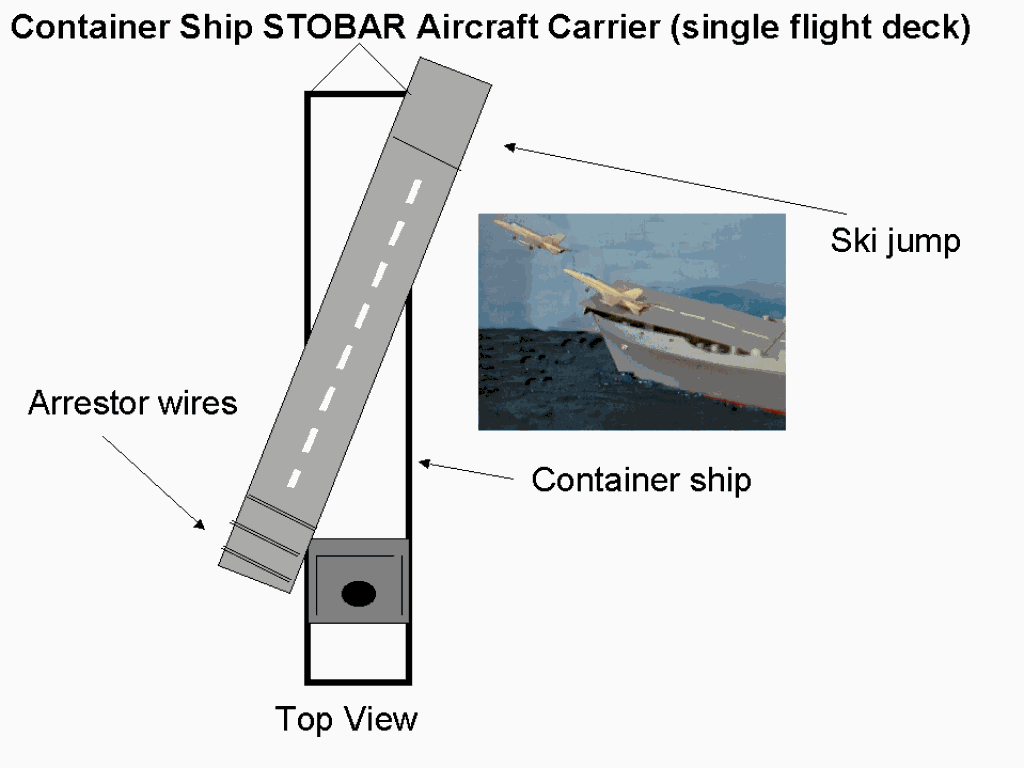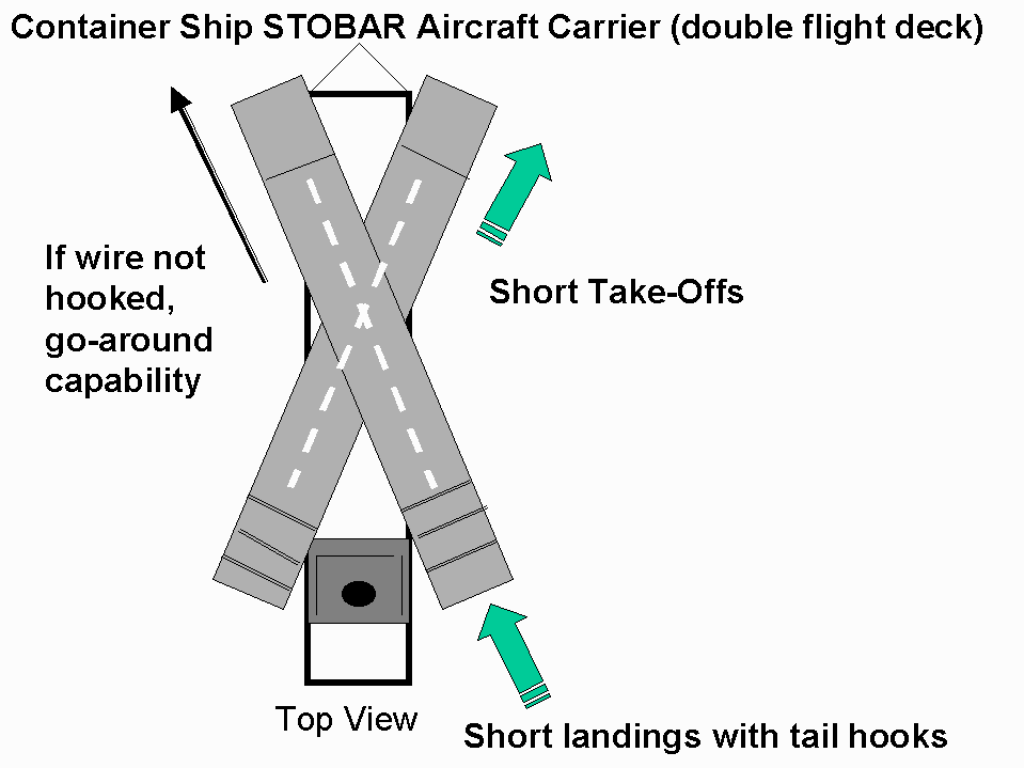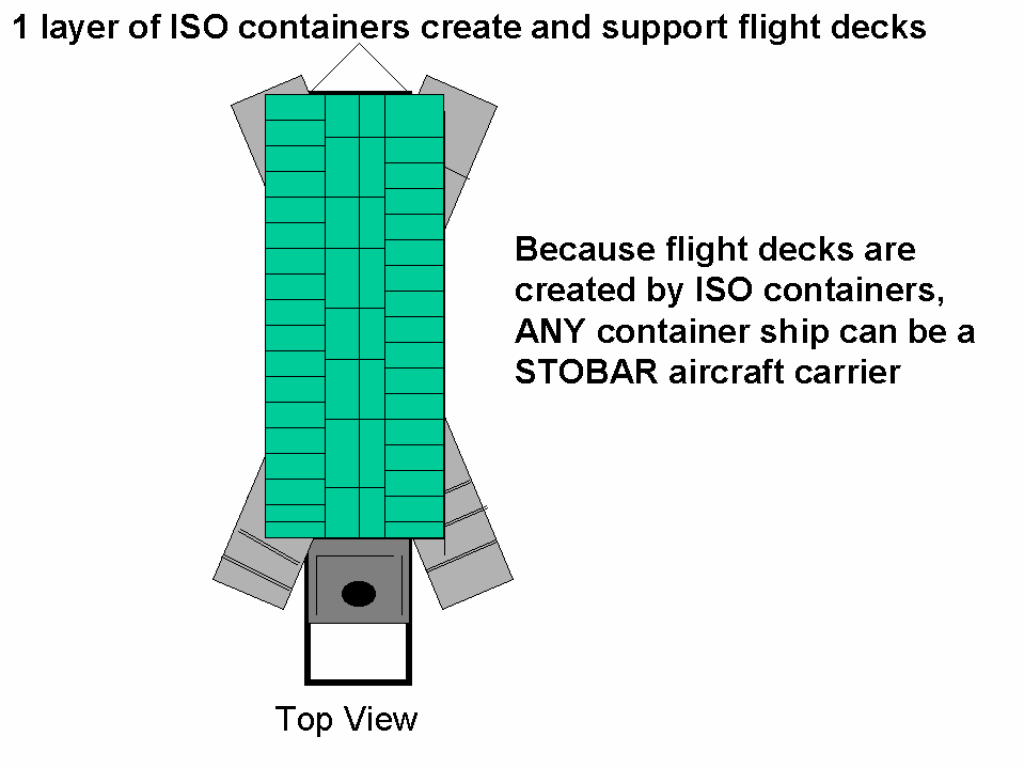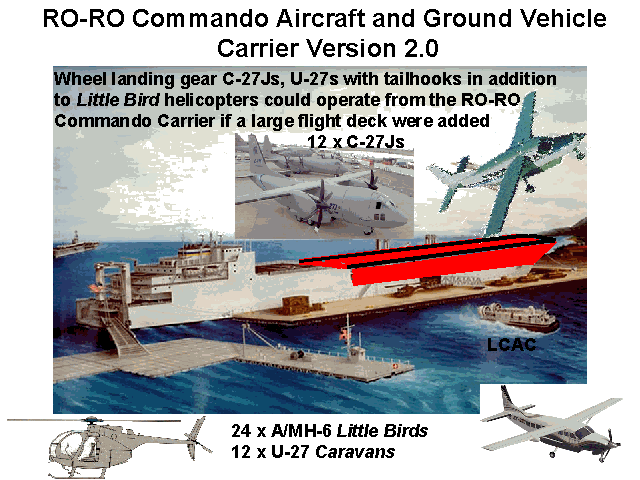
Other STOBAR deck arrangement possibilities:
|








|
Slide 26 of 65
Converting Supply Ships to "Dry" Aircraft Carriers and Amphibious Assault Ships: do-able
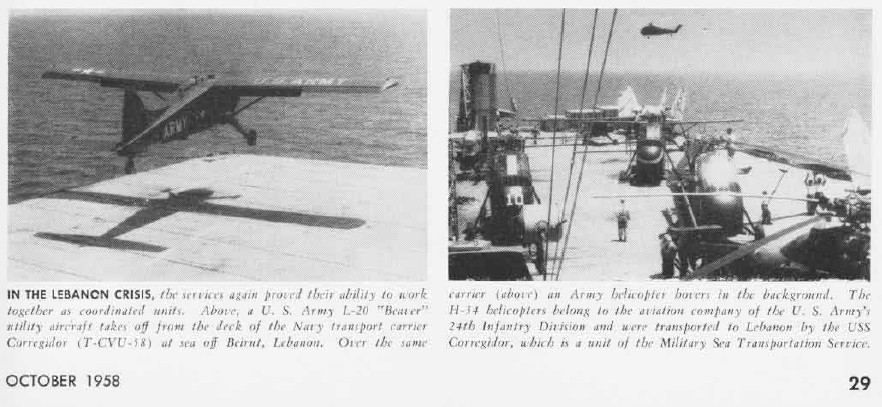
U.S. Army STOL aircraft took off from the very small deck of the CVE "jeep" carrier USS Corregidor during the 1958 Lebanon crisis. A year later USMC STOL Bird Dogs landed on another CVE without tail hooks.
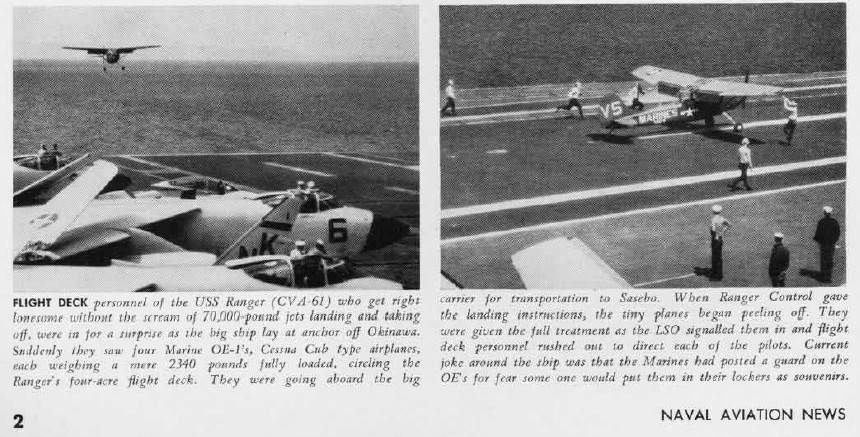
So this idea foisted upon us by the Navy/Mc propaganda machine over the years that only SUPERCARRIERS and TAIL-HOOK equipped sexy jet aircraft or bloated expensive helicopters can be operated at sea---by why of course! only by Sailors and marines (keeps them employed) is a monstrous and costly LIE.
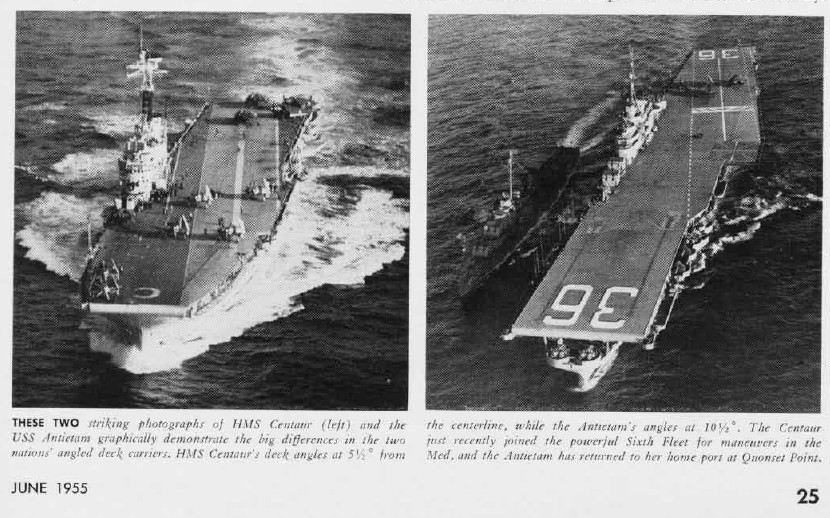
Here, the British who created the angled flight deck in the first place show it can be obtained by simply PAINTING your lines differently on the ship--only the U.S. Navy seems fixated on using this or any other excuse to try to justify large supercarriers that are too large to even fit through the Panama Canal!
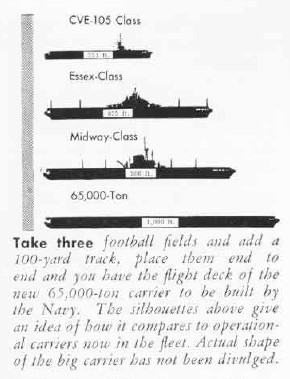
Contrary to popular misinformation from the USN/USMC re-enact Iwo Jima ego PR machine, the first amphibious assault aircraft carriers were Japanese not American. The U.S. amphibious ships in use today are also the fruits of the U.S. Navy, not the marines. If it wasn't for the Navy having almost 100 CVE escort "jeep" carriers left over from the big war, the post-WW2 USMC wouldn't have had squat to play around with helicopters badly. And the USN wouldn't have the escort carriers if they were not ordered to have them by the wise President Franklin Roosevelt.
The Iwo Jima Mutation: How the USMC has fu*ked up amphibious warfare and the helicopters they concoct

USMC CH-46 shot-up during the invasion of Grenada in 1983 when air assaulting U.S. Army Rangers to rescue American hostages at the Grand Anse university campus. Army Rangers had arrived hours earlier by parachute from USAF MC-130 Combat Talon fixed-wing airdrop/STOL aircraft to secure Point Salines airport and were now finishing up their southern sector of the island with the newly airlanded 82nd Airborne paratroops
One of the reasons why America lacks a sound small war/sub-national conflict capability is because we have an "Iwo Jima" racket concocted by the unemployed marines at the end of WW2 to grow their selfish ego empire. This racket with which the Navy is in cohoots with to get more ships and budget is based around the marine desire to squat for months in vulnerable surface ships, then re-live a glorious ship-to-shore movement in a WW2 fashion to get maximum photo opportunities for media types to hopefully snap a picture like the staged flag raising on Mount Suribachi to deceive the American public and their Congress. With their main focus on ship-to-shore, what the USMC actually delivers to land is crap; foot slogging, trash-talking egomaniacs who when they realize they can't walk everywhere hop rides in vulnerable wheeled trucks and get themselves killed when the enemy easily blows them up on roads/trails they cannot leave because their high ground pressure rubber tires will get stuck if they try to go cross-country. When given small jobs like maintaining a peace, marines as weak egomaniacs lack the adult maturity to restrain themselves when they are picked off by rebels to their occupying presence and turn on civilians to get their "pay back".
Over the years, the Iwo Jima racket has botched the mission of projecting force from amphibious ships, denying more mature and better suited Army and Navy Special Forces from conducting small war/sub-national conflicts from ships off-shore. Frankly, the USMC should be disbanded as it cannot do nation-state nor sub-national conflicts well, without them become victims. We do not need a flag-draped amphibious victimology club at taxpayer's expense. What we need is a Non-Linear Maneuver Brigade (NLMB) which is what this entire presentation is proposing that is created from a clean-sheet without any involvement from egotistical morons from any of the current military self-services, especially the USMC. On this slide, we will focus in on how a cargo ship could be converted into a very good special operations amphibious warfare carrier for use by SOF or a private security organization. In the previous slide, we discussed a "wet" commando carrier concept using the proven seaplane tender model which is very much valid and feasible. It is also true that we can and should have long-range, large seaplane transports and these could deliver the NLMB, and we could use cargo container ships to supply them ashore. In this slide we will examine a DRY commando carrier concept made from a cargo container ship using stealthy small "killer bee" NOTAR helicopters and fast fixed-wing airdrop/STOL transports comparing and contrasting it to the BS costly and failing Iwo Jima racket specially-made ship + helicopters approach which is head to a horrendous disaster the first time its involved in a nation state war where guided munitions are employed by the enemy en masse. We propose the NLMB to be used only in situations where the Navy is doing its job and actually has control of the seas to include the air above it.
Nukes used as Excuse to Get Helicopters by the USMC: ship-to-shore body count math
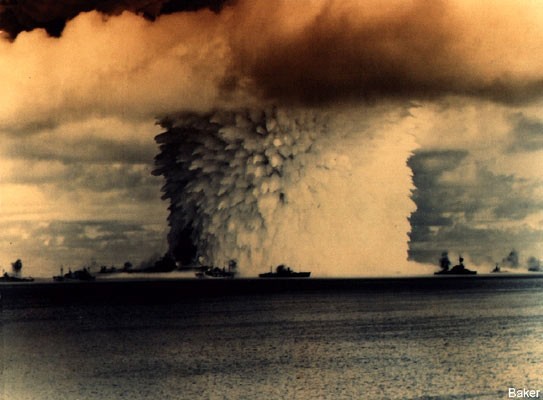
To understand this mess, we need to start with the time right after WW2, when the USMC was without a job, the atomic bomb was dropped and the American public deceived by their un-needed frontal attack blood baths in the Pacific could be conned into giving them more budget share in the new "Department of Defense".
An honest man, General Roy Geiger wrote to the Commandant basically telling him the entire packing thousands of men into ships amphibious assault was now SUICIDE in the nuclear age and the USMC had better get its head out of its ass and STOP DOING IT:
"In his report of 21 August, he expressed to the Commandant his opinion concerning the effects the atomic bomb might have on marine corps doctrine during the post-World War II period General Geiger stated that 'since our probable future enemy will be in possession of this weapon, it is my opinion that a complete review and study of our concept of amphibious operations will have to be made.' General Geiger went on to say, 'It is quite evident that a small number of atomic bombs could destroy an expeditionary force as now organized, embarked, and landed... I cannot visualize another landing such as was executed at Normandy or Okinawa.' In his final paragraph he urged the Commandant to 'consider this a very serious and urgent matter [and that the marine corps] use its most competent officers in finding a solution to develop the technique of conducting amphibious operations in the Atomic Age."--Marines and Helicopters: 1946-1962 Lieutenant Colonel Eugene W. Rawlins, USMC. Major William J. Sambito, USMC, editor 1976.
Instead of taking Geiger's wisdom to heart, Vandegrift formed a "Helicopter and Transport Seaplane Board" under the direction of General Shepherd and its selfish and unimaginative general officers decided to instead protect their bureaucratic "rice bowls" and their marines-on-ships-by-the-thousands prejudices and went looking for a crutch to prop up their racket. Moreover, they realized more money could be had by squeezing money out of congress each year for ships than by not having ships (large, long-range seaplane transports), so really the board was a BS exercise in foisting the helicopter as an excuse to maintain the Iwo Jima status quo.
The "official" USMC history, Marines and Helicopters: 1946-1962 reveals many dirty secrets of the origins of their current mentality even though its written to cover the asses of the incompetent USMC brass with a sappy thick layer of smug excuse-itis and self-adulation in its pages with no external, objective frame of factual reference. We will quote from it and in an employment of "retro-history" (like retro-rockets, we will put the brakes on current BS before we go over the cliff) we will take what we know today with 20-20 hindsight and question the motives and faulty wisdom the USMC took but in a FAIR way by using what we knew they knew at the time. Its when you go back into the history that you discover that we have been lied to all along by the HQMC and USN lie factories for their own manipulative ends. The USMC had better options AT THE TIME and they REFUSED TO TAKE THEM. These options TODAY ARE EVEN MORE COMPELLING and yet the USMC still refuses to employ them because they are unprofessional egotists that want to play Iwo Jima re-enactment with a sugar coating of modernism provided by helicopters.
www.usmc.mil/directiv.nsf/6c683984fd1e09cc85256c75006e6395/879f4a9e387e9d8c85257169006d69e0/$FILE/Marines%20and%20Helicopters%201946-1962%20%20PCN%2019000306900.pdf

EXCERPT:
In a letter to the Commandant on 13 August 1951, the Acting Chief of Naval Operations, Admiral Donald B. "Wu" Duncan, approved the marine corps ' concept of landing one division by helicopter. He questioned, however, whether the state of development of transport helicopters justified settling, at that time, on a definite method for conducting such operations and beginning a ship conversion or building program . He feared acceptance of the marine corps' concept of transporting troops, equipment, stores, and helicopters all in the same ship would automatically require radical changes to existing types of ships or the construction of specially designed new types. Either course would involve a large expenditure of funds. The decision rendered by the Acting
CNO was that further experimentation and investigation should be conducted into the matter.
Laying aside the Commandant's shipping request, Admiral Duncan declared, "The CNO will determine whether it is feasible, within the limits of ships and funds available, to commence... the program during the current fiscal year [1952]."
"The Commandant's letter also defined the specifications for transport shipping, an essential element of his future doctrine . From the landing force viewpoint, the most effective tactical landing would consist of a helicopter-borne attack mounted from a transport ship capable of embarking approximately 1,500 assault troops and operating at least 18 of the 36-man transport helicopters from the same ship. A ship with a minimum flight deck capacity of 10 such helicopters was considered to be acceptable.
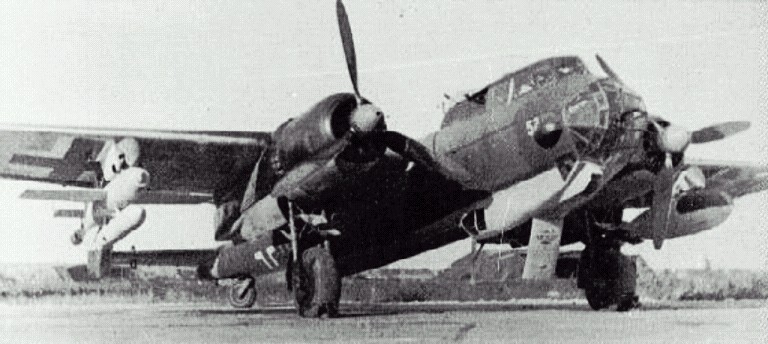
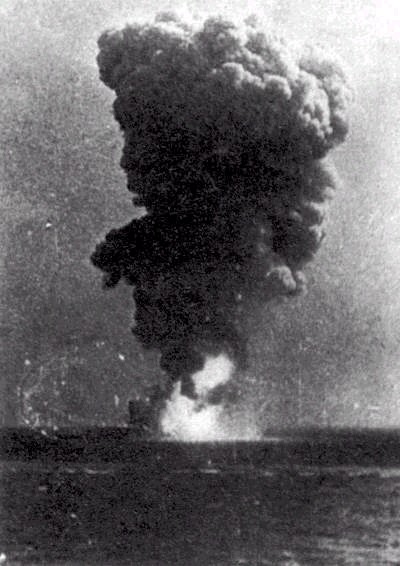
Its not just SHE nukes you have to worry about morons!! Its guided HE munitions...REMEMBER THE ROHNA in 1943? Sunk by a German Fritz-X guided bomb and over 1, 000 American Soldiers were killed!.
OPTION A: Transport planes from small aircraft carriers
We all know about Doolittle's twin-engined (one engine on each wing) B-25s flying off from the USS Hornet in 1942 to strike Japan and them not being able to land back on the carrier, crashlanding instead in China and Russia. What many do not realize that B-25s CAN land back onto aircraft carriers if they are equipped with tail-hooks and have sturdy enough landing gear.
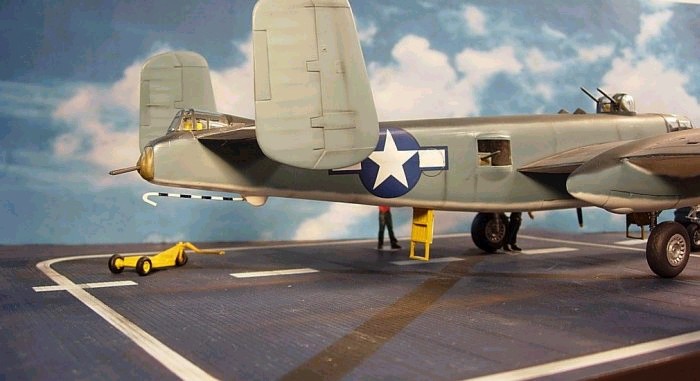
A modified B-25H (PBJ) did just that during WW2. PBH-1H 43-4700 (BuNo 35277) was modified for aircraft carrier catapult launch and arrest retrievals. The first landings and catapult takeoffs took place aboard the USS Shangri La (CV-38) on November 15, 1944 flown by Lt. Cdr. H.S. Bottomley, who was Lt. Cdr. Robert M. Elder's former VB-3 squadron mate. Sid Bottomley launched and "trapped" aboard "the Shang" in an aircraft grossing 33,500 pounds. By comparison, the then new Grumman F-7F1 Tigercat grossed 25,700. Several Navy and marine planes were/are ROUTINELY flown off carriers that were/are in the "B-25" twin format:
F-7F Tigercats
AJ-1/2 Savages
S-2F/C-1 Tracker/Trader
A-3D SkyWarriors
S-3 Vikings
E/C-2 Hawkeye/Greyhounds
After WW2, the Navy failed to develop compact contraprop engines even though they could have asked the British to use their Mamba contraprop engines from their ugly-but-effective Fairey Gannet AEW/ASW planes---

...so the result was one of the only ways to get the power of twin engines (or more) aboard carriers were if they were in the "B-25" format which takes a lot of space. The lying Navy used this excuse that jet aircraft especially twins would need the bloated supercarrier egowagons they lusted for. Another truth hidden by Navy lies is that some of these "B-25s" were even operated successfully from SMALL CVE escort carriers. This means they could both take-off and land from them.
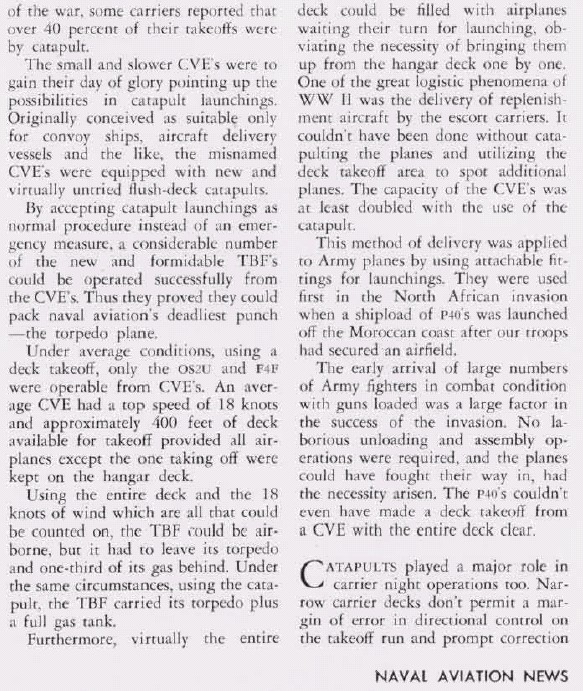
The reason is CATAPULTS.
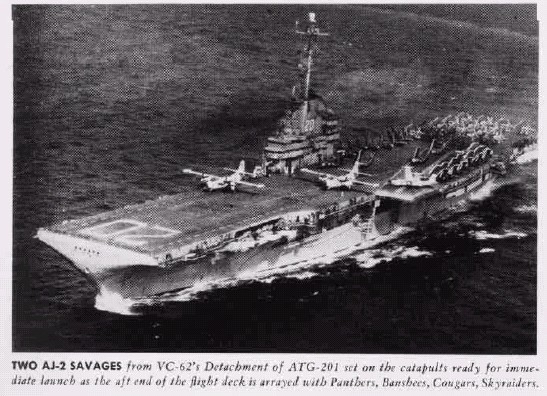
If you catapult the "B-25" from ahead of the island it will have plenty of room for its wings to stick out over the right edge without any problem for take-off. You simply tow the B-25 into cat position with its wings folded past the island, then unfold them before launch. Above are A-2J Savages ready for cat launch.
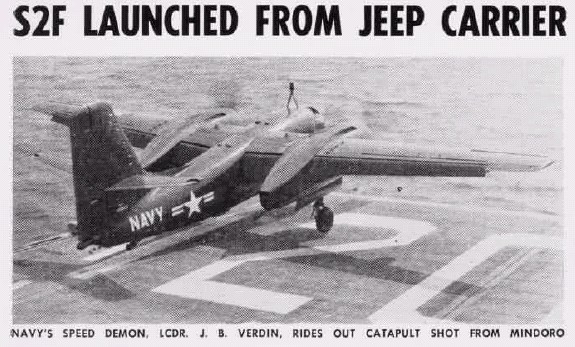

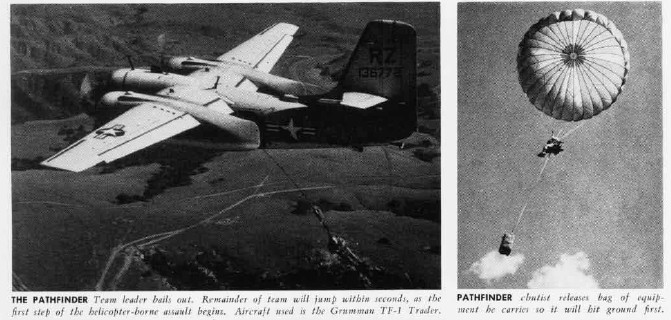
So in the 1950s, S-2F Tracker ASW planes in the "B-25" configuration were operated from small aircraft carrier CVEs like the USS Point Cruz no problem. So had the USMC been smarter, it could have delivered "paramarine" forces from CVE carriers using FAST B-25 type planes and dropped them by parachutes and STOL airlandings. Eventually A-3D SkyWarrior jets with 600-700 mph speeds would have become available to improve this force structure. As it was marine force recon did insert small teams of men from the A-3D using its escape slide.
In our NLMB construct, the cargo container ship's superstructure is at the REAR of the ship anyway, and not in the way of landing or taking off aircraft.
"B-25" or more compact contraprop fixed-wing = 300 mph fighting insertion platform
18 (probably fit 18 more in a Essex class carrier than CVE) x modified AJ-2 Savages/C-1 Traders @ 10-20 paramarines each = 180-216 per lift
Airdrop/STOL: M50 Ontos 9-ton light tank/APC variant, small "Killer Bee" O/A helos
Could actually land amphibious assault outside of range of nuclear weapons, protecting ships OTH.
Even though ONE OF THE USMC'S CONGRESSIONALLY MANDATED MISSIONS IS TO CONDUCT AIRBORNE OPERATIONS, this would mean actually having marines parachute jump, which takes real personal courage and decentralized empowerment when the USMC is composed of mostly weak ego, cowards and narcissists who want a "safe" organization where they are told exactly what to do and when to do it at all times. Dispersal upon parachute jumps is actually a GOOD thing as it decreases vulnerability compared to grouping of people close together in "clusterfucks". It also creates men who can exert INITIATIVE and THOUGHT, things the lemming, 19th Century linear USMC fears to its very core. Better to risk clusterfucks to fiery death bunched into fuel-laden helicopters and have them foot-slog out following the leader than to open the door to THINKING which could undo the prejudices of the brass since they are in the light of day revealed as absurd narcissisms and criminally incompetences.
However it's AOK for "force recon" a small bunch of uber marine snobs to be "airborne" but not the main body that needs to not get creamed in slow-moving helicopters....
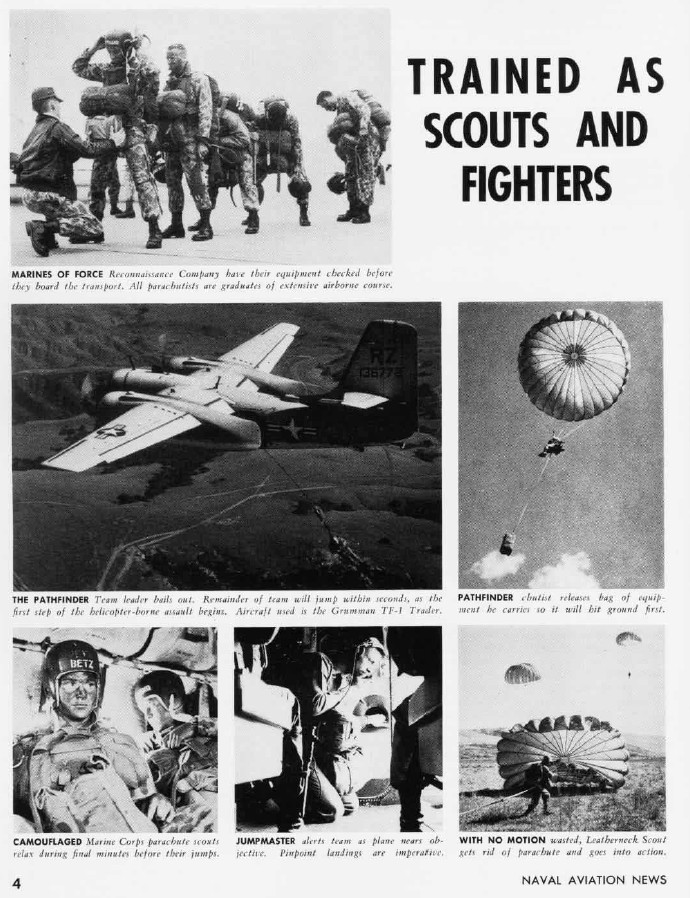
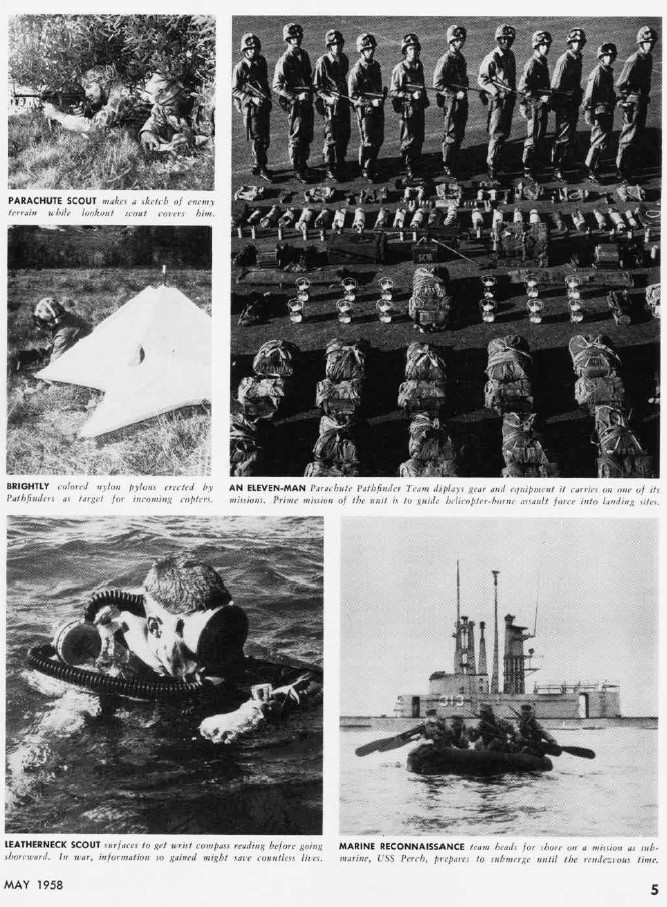
So its no surprise that the USMC has pussed out continually from the Airborne option despite it being one of the missions of the marine corps to do. Parachuting marines would expedite link-up with vehicles loaded inside pre-positioned shipping, but that would mean exposing a lot of braggerts as being the pussies they really are when confronted with jump school realities.
Disaster Welcomes the Cowardly: the Erosion of Force Reconnaissance, Part 1:
"High Speed"
Bruce Meyers in his extremely important 2004 book, Fortune Favors the Brave
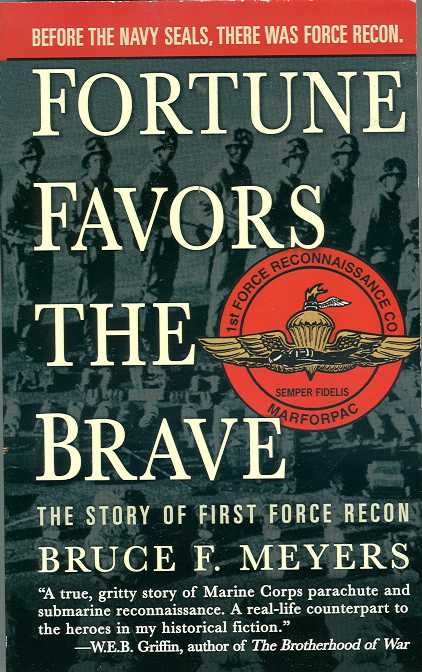
puts the typical marine spin on the dismal post-WW2 nuclear-era of a bloated surface ship "Iwo Jima" racket that cannot survive but has rejected flying faster through seaplanes and parachuting. Stuck with vulnerable surface ships packed with thousands of marines inside to perpetuate their self-centered bureaucracy, the corrupt USMC brass choose a "face lift" of putting flight decks on these troop ships and moving small groups of foot-sloggers ashore at a dismal 100 mph by helicopters to absurdly claim adequate ship dispersion to avoid nuclear annihilation. The Bikini Atoll nuclear tests prove otherwise and the Soviet submarines were one push-button away from nuclear torpedo-incinerating an entire fleet of American sailors and marines during the 1962 Cuban missile crisis. Yet, the marine amphibious ship racket persists and will blow up in our faces by hundreds of precision guided munitions flying at the thousands of miles per hour overwhelming defenses in the future at the cost of several thousand dead Americans. The human kamikaze pilot disaster off Okinawa in 1945 that sunk dozens of American surface ships and killed thousands of sailors and marines foreshadowing what future PGMs could do has not been addressed lest it end the marine racket. In typical drooling, self-idolatry, Meyers embraces this stupid helicopterism and even makes the preposterous claim that with GPS today, pathfinding is somehow no longer necessary; showing his ignorance of even the most basic reasons for having security established on the landing zone before slowly flying in to airland dozens of men inside noisy, fuel-laden helicopters easily destroyed by enemies lying in wait. That in Vietnam heavy helicopter losses resulted against an enemy equipped with at the most 12.7mm heavy machine guns is no surprise since marine aviator egomania doesn't want to admit it needs any help from ground-pounders.
Meyers is ignorant also of the basic history of Pathfinders which were created by U.S. Army then BG James Gavin as a night parachute jump navigation aid and security precaution; which jumping at night was another one of his innovations. Meyers skirts around the failure of USMC Paramarines to even jump in the Pacific in WW2 and conveniently ignores the fact that the U.S. Army Airborne jumped many times even in the allegedly "non-jumpable" vegetated closed terrain of both the Pacific and in China-Burma-India. Paramarines were stabbed-in-the-back by the less competent marine corps that wanted to frontally assault heavily defended beaches after sitting their asses on seats in water landing craft--which later morphed into slightly faster helicopters, neither of which requires any skill or thinking courage just blind obedience to a lemming bureaucracy. Meyers does show the typical weak USMC ego in action, years after the large-unit Paramarines were disbanded, some of these bitter veterans began to criticize the small-unit parachute work the Force Recon test unit was doing instead of embracing it and demanding the USMC live up to its Congressional mandate to perform large-scale Airborne operations. This is the typical USMC blue-collar, defeatist, mediocrity of "If I can't be high speed, neither should you". That the USMC even tolerates Force Recon can be explained by 1.) the need for the bureaucracy to pretend that it can do "high-speed" things to con young men into joining and 2.) it creates a small club for uber snobs to congregate and say they are better than the rank & file snobs in the fleet marine force (FMF) who are full of their own lesser vanities for their glorious beach assault self-validations. In a nut shell, both sides use each other for their own ends and the result is a low-grade, no-initiative, simplistic foot-slogging USMC that is too light to fight (no small-sized tracked armored personnel carriers) and too heavy to fly (the wheeled trucks and the few tracked tanks the USMC does have are too heavy to fly inside their slow helicopters)--damning them to need frontal beach assaults for water landing craft. "Clusterfuck" is the only way to describe this force structure mess.
Yesterday's High Speed Parachuting Shames Today's Low-Speed Parachuting
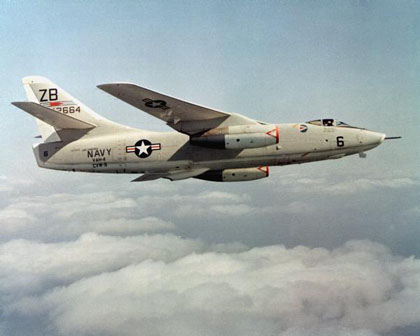
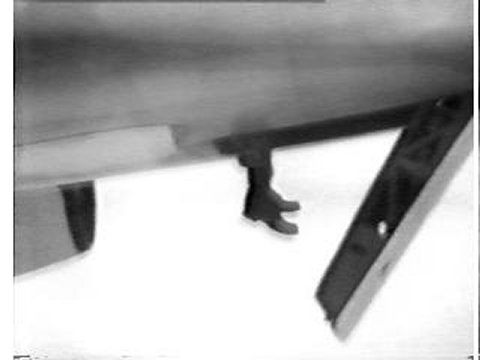
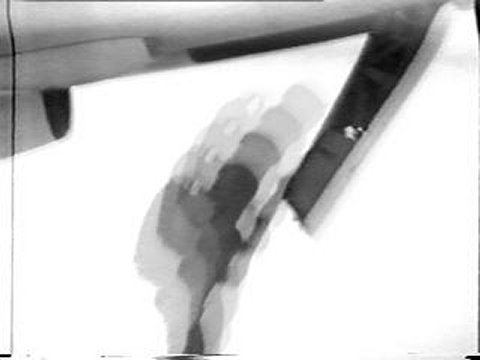
Where Meyers shines is in describing how he and the other creators of Force Recon actually did high-speed parachute insertions and extractions by high-performance, fixed-wing aircraft carrier aircraft in the 1950s and 60s--things we cannot do today! Meyers, stuck with an USMC brass that wants to slaughter lemming marines in frontalist beach and helicopter inland assaults realizes at least for their sake, one must "look before you leap". To get that "look", Force Recon has to get in first undetected by the enemy. Flying in a force recon team by the same helicopter type that the main body will try to land in is an obvious "tell" to the enemy and our horrific helicopter losses in Vietnam should have "told" us to stop doing it. What is extremely fascinating and demands an answer from Meyers and others of his generation is why didn't Force Recon jump from high-speed aircraft carrier aircraft during the Vietnam war? Why not even once? My guess is the pioneers moved on to other units and less bold men took over operational Force Recon units and Meyers' test unit's more radical concepts were forgotten. Contrary to popular myth, Vietnam is mostly flat, open plains with rice paddies not triple-canopy jungle of the central highlands. Again, the lack of professional competence of the gunslinger-obsessed USMC to understand the terrain (The Battle Against the Earth) akin to the failure to use Paramarines in WW2 rears its ugly head. The French jumped hundreds of times in their war in Vietnam war for crying out loud! American laziness to use the comfy helicopter and take less risk at the cost of tactical surprise is the culprit, and its biting-us-in-the-ass in Afghanistan today, so its not some moot ancient history point.
Here is where it gets extremely fascinating and we are forever in Meyers' debt for sharing these secrets. The first carrier plane they use is the TF-1 (C-1) Trader a twin-radial engined transport version of the Grumman S-2 Tracker anti-submarine warfare (ASW) plane. Without all the ASW gear, Meyers reveals 9 PARATROOPERS can be carried inside! We know for a fact that a WW2 Essex-class carrier like the USS Antietam could carry at least 24 if not more TF-1-sized aircraft. Do the math. What this means is had the USMC not been anti-Airborne due to penis envy against the U.S. Army, Paramarines could fly from aircraft carriers at twice to three times the speed at far higher altitudes and 8-10 times the range than slow, noisy helicopters and then parachute jump down to the ground below without the aircraft having to fatally expose itself down to airland---yet another fatal flaw of the V-22 tilt-rotor madness created as a mechanical crutch for weak, low-speed marines. Parachuting is forcing an entry, airlanding fuel-laden aircraft in the face of the enemy is suicidal madness.
It gets even better. Meyers and his men jumped from even higher speed jets like the A-3D SkyWarrior which can travel at high subsonic 600 mph speeds to penetrate enemy air defenses as part of a fighter-bomber strike package. The A-3D would fly either high or low and in the latter's case pop-up to jump altitude and throttle back a bit. The secret here is they exited 6 PARATROOPERS from the bomb-bay by dropping from the FRONT edge so they'd be far below the rear edge by the time the aircraft's motion brought it by. Therefore, if your jet aircraft has a bomb bay and can hold men inside in a pressurized way, it is possible to make military freefall (MFF) exits and afterwards parachute down safely to the ground. The enemy would not see a recon team coming in this manner. Why the USAF's B-52s, B-1s and especially their stealthy B-2s all of whom have bomb-bays---are not being used to parachute insert Army special operations recon and raiders when its clearly feasible is a big question. The USAF recently retired their F-117 stealth attack jets, is their bomb-bay large enough to insert at least a 4-man SOF team by MFF and parachute? (Think the Hollywood movie "Executive Decision")
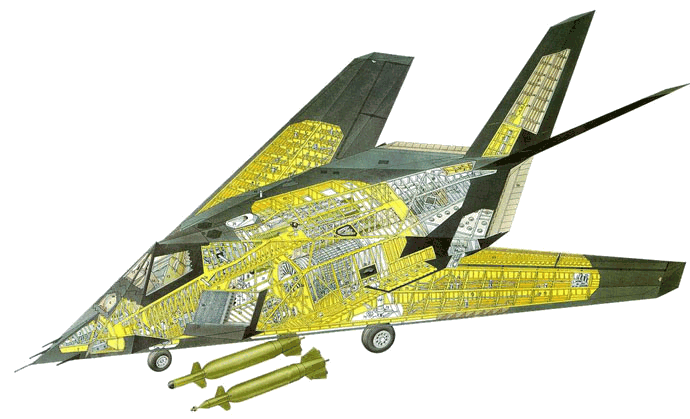
Meyers describes how we have become ensconced with the stabilized body position madness created by Jacques Istel to effect free fall delays before parachute opening. This is a difficult skill to train people to do and has resulted in many preventable deaths because its not needed; the Russians have for decades gained free fall capabilities for ALL their Paratroopers by using a small drogue chute to keep them in a stabilized descent until the main canopy needs to open.
What needs to happen in the American Airborne is the static-line and deployment bag system should be replaced by the static line only opening the pack tray so a drogue stabilizing chute deploys so we don't waste two jumpers having to pull in straps trailing out the aircraft for a faster exit from the drop zone by the jump aircraft. Since the Russian Paras exit their aircraft clean, they can even jump from doors in FRONT of IL-76 jet engines at speeds up to 350 mph! That's HIGH-SPEED. Today's U.S. Airborne jump aircraft have to slow to 150 mph to drop static-line Paratroopers. After exiting the aircraft, the Russian Paratrooper can manually pull a rip-cord to deploy the main immediately for low-altitude jumps or on a delay with a timer for high altitude jumps. If this were not amazing enough, the Russian Airborne VDV airdrops BMD troop-carrying light tanks with their Paras so once on the ground they are not vulnerable foot-sloggers but have amphibious, armored, cross-country mobility and shoot-on-the-move high explosive autocannon and tank and building-busting firepower. The Russian Airborne puts the American Airborne to shame since with our rear ramp equipped turbofan jet C-17s and M113 Gavin light tracked tanks we have no excuse why we are not doing the same and even better things like using guided ram-air parachutes to deliver Paras and Gavins. The USMC doesn't have any troop transport that flies even close to the C-17's speed and range; though it could have had it embraced seaplanes instead of the Iwo Jima surface ship racket.
What of Force Recon today? The Navy retired their only carrier-based jet with bomb bays, the S-3 Viking. There are no carrier-based jets with bomb-bays to insert Force Recon today. No one is developing GRIER pods for under the wings of the only carrier jets we do have--the clumsy F-18s, or the planned F-35s either. The F-35B model can take-off and land vertically if not heavily loaded and could insert/extract SOF teams if we cared to develop the pods, but don't hold your breath. Today's generation of volunteer, weak-egos want to not make any waves but fit into the bureaucracy so they can get promoted and get rank and ego biscuits; this is why DISASTER WELCOMES THE COWARDLY.
www.globalsecurity.org/military/library/report/1988/EJR.htm
Marine Airborne Opertions As Part Of The Amphibious Assault
AUTHOR Major Jeffrey R. Earley, USA
CSC 1988
SUBJECT AREA Aviation
EXECUTIVE SUMMARY
Title: Marine Airborne Operations as part of the Amphibious Assault
I. Purpose: To establish the validity of introducing U.S. Marines into the amphibious operation area utilizing the technique of airborne assault.
II. Problem: Although the employment of airborne insertion of marines into the object area is not a new concept, the Marine Corps has failed to realize the potential advantage the airborne assault would compliment and support the overall mission.
III. Data: The employment of marine airborne units into the amphibious operation area would add a new dimension to the commander to secure designated task force objectives. Marines must plan to go ashore from both airborne and amphibious transportation assets. Commanders should not find it difficult to incorporate airborne operational planning in the over all scheme of manuever. The beach landing and airborne assault can be independent or mutually supporting operations. By employing airborne forces, the commander can expect to exploit such tactical advantages as surprise, shock, and the enemy's inability to predict probable direction and location of attack.
IV. Conclusion: Due to the similarity between capabilities and problems that are common to amphibious and airborne operations, the Marine Corps can readily adapt itself to a combined method of employment role. This role will allow commanders additional flexibility in planning and executing operations against enemy shores. The Marine Corps already has the assets available to it and would not require any additional physical or financial resources.
V. Recommendation:The U. S. Marine Corps must train its force in individual and unit airborne techniques and operations. Headquarters, Marine Corps should certainly be able to arrange an agreement with the U.S. Army for additional training quotas for individual parachute proficiency and with the U.S.Airforce for the allocation of aircraft to enhance and retain acquired skills. The doctrine for such operations currently exists, it would be relatively simple to incorporate this doctrine into Marine Corps practice.
OUTLINE
Thesis Statement. The employment of Marine airborne units into the amphibious operations area would add a new dimension to the Commander, Landing Force's options of securing the designated amphibious task force objectives.
I. Marine Corps mission
A. Historical Perspective
B. National Security Act of 1947
C. Amphibious Doctrine
D. Airborne Doctrine
II.
Strategic and Tactical implications
A. securing the objective
B. Airhead
C. Beachhead
D. Problem areas
E. Coordination
III. Capabilities
A. Airborne
B.Employment capability options.
IV. Conclusion
Marine Airborne Operations as Part of the Amphibious Assault
Amphibious operations have been employed many times throughout history out never with the degree of success attained during World War II. This type of operation was used by the United States throughout the war in order to carry out offensive missions against thie Axis powers and the Japanese. The technique utilized was that which was employed by the U. S. Marine Corps in conjunction with the U. S. Navy during peace time. This concept was tested on Guadalcanal in 1942 in which many hard lessons were learned.From that point on the technique was improved at a rapid and continuous pace. The success of the technique was proven time and again by the Allies.
Landing of combat troops from the air was forecast by numerous visionaries throughout history. This prophecy was not realized until 1939 when the Soviet Union dropped Paratroopers in combat against the Finns during the Russo-Finnish War. Regardless of the degree of success obtained, the act was the spark that made all other nations intensify their search for the proper means of employing airborne troops in combat.
The first successful large scale combined use of airborne and amphibious operations was made against the Axis powers in Sicily in 1943. Just as Guadalcanal was the birthplace of amphibious warfare, so Sicily became the birthplace of United States Airborne 0perations. This operation was the forerunner of the greatest airborne/amphibious assault in history made in 1944 by the allied forces against the Axis Powers at Normandy.[1]
The employment of marine airborne units into the amphibious operations area would add a new dimension to the commander, landing force's options of securing the designated amphibious task force objectives. United States airborne forces and amphibious forces together form a strong portion of the nation's strategic policy which is the projection of power. The inherent capabilities of each method of employment make them ideally suited for this mission. Strategicly. and tactically airborne forces move with great speed and amphibious forces move with great strength.
If the Marine Corps is to fully accomplish its mission as assigned by the National Security Act of 1947, it must exploit all of the tools available to it. "The United States Marine Corps, within the Department of the Navy, shall include land combat aid service forces and such aviation as may be organic there in. The Marine Corps shall be organized, trained, and equipped to provide to fleet marine forces of combined arms, together with supporting air components, for service with the fleet in the seizure and defense of advance naval bases and for the conduct of such land operations as may be essential in the prosecution of a naval campaign. It shall be the duty of the Marine Corps to develop, in coordination with the Army and the Air Force, those phases of amphibious operations which pertain to the tactics, technique, and equipment employed by landing forces....." .The mission assigned is restrictive in nature, but the tools for accomplishing the mission on the other hand are not restictive. The Marine Corps/must equip and utilize its air component to the maximum and capitalize on its capability to employ the tatic of vertical assault. This employment must occur with the ability of both aircraft and marines being able to land directly on the designated objective. The age old principles of war are unchanging, however the application of these principles in strategy and tatics must chance as the means to wage war are ever changing.
The employment of air transportation as a means of delivering armed forces into battle has been one of those changes and improvements that have now and will continue to exert considerable influence on strategical and tactical concepts. Under this concept, the Marine Corps in any future conflict, probably will be called upon to make amphibious landings. Marines will be going ashore not only in boats but also in helicopters and airplanes. The Marine Corps should not find it to difficult to adapt itself to the airborne technique because of its similarity to amphibious operations.
Airborne and amphibious operations are compared to one another because of the similarity in both the planning and execution phases.Primarily, their stated missions are quite similar.Simply stated, the airborne operation is to secure an airhead and the amphibious operation is to secure a beachhead from which follow - on troops and equipment can operate successfully for the fulfillment of a specified mission.Any airborne or amphibious force with an offensive mission must land in hostile territory where it must establish itself firmly and secure itself against enemy surprise and fire.It must reinforce and resupply itself and it must move in a planned direction to accomplish a specified mission.These steps constitute the establishment of an airhead just as an amphibious assault means in a similar manner the establishment of a beachhead. The only difference between an airhead and a beachhead is that an airhead covers 360 degrees and a beachhead usually covers 180 degrees.An airhead is two beachheads back to back with reinforcements and resupply comming from the sea.2 The force beachhead line is not a closed circle however it must also be protected from possible attack from any direction, including enemy airborne and airmobile vertical envelopment.The only significant difference betwten airborne and amphibious operations is by the means in which troops are delivered to the target.
In order to execute each mission, troops must be specially trained and they must be specially equipped to accomplish their respective mission.Troop training must stress small unit tactics and the development of leadership from the small unit leader up through the highest levels of command.Detailed planning that is necessary for one type of operation is necessary for the other type as well.This transition from one type of operation to the other or a combination of both should pose no particular problem on the leadership ability of leader at any level.The problem areas that operational and logistic planners are required to solve for each or simultaneous employment of airborne and amphibious operations are essentially the same. Briefly outlined, some of the common problem areas are:1.) selection of embarkation or marshalling area sites 2.) Staging, tactical loading, and cross decking 3.) selection of landing zones, drop zones, and landing beaches 4.) Supply and resupply 5.)command and control relationships 6.) communications 7.) supporting arms 8.) rehearsals 9.) protection of troop carriers into the objective 10.) timing and 11.) evacuation.
When airborne troops are used in conjuction with an amphibious operation, the highest degree of cooperation will be required with naval and other ground forces.The most favorable characteristic of any airborne force is their ability to move to any objective over a large area with the speed inherent to their mode of transportation.This speed and mobility should enable the force to exploit one of the most important principles of offensive operations, surprise!The airborne force can overcome many of the geographic or man - made barriers that may hinder a traditional amphibious force ashore.The ability of airborne forces to conduct a vertical envelopment permits it to strike directly at the vital assets of an enemy defense by seizing key terrain and objectives, desroying or rendering ineffective installations and facilities, attacking enemy defenses from the rear, paralizing communications, and blocking the movement of enemy reserves that may attempt to reinforce, and to create confusion and disorder among enemy forces.
The ability of airborne troops to move relatively great distances in a short time make them available as reinforcements who otherwise could not be counted on for assistance if required if they were configureod in another fashion.This situation is particularly applicable if forward or expeditionary airfields are not secure for the reception of follow - on forces and equipment.A primary concern that must also be taken into account as to the absolute necessity for a secure airhead.A secure airhead is necessary for evacuation and retrograde operations to commence as soon as the combat situation will permit.
The U.S Army and U. S. Air Force recognize parachute operations as "providing rapid, nearly simultaneous delivery of a force under most weather conditions on any terrtin that is relatively free of obstacles.Airdropped troops must land on or as close as possible to their objectives.Such forces are best employed where few fixed defenses or enemy combat are known to be located.During landing and reorganization , and until combat equipment is recovered from airdropped loads, airdropped troops are particularly vulnerable. Airborne forces and accompanying equipment should be loaded in a manner that will expedite employment on the ground after arrival in the objective area." [3] The outlined concept of employment states that airborne forces are transported by air for employment to areas within the delivery capability of the airlifted force. Once delivered, forces are employed as a combat or deterrent force.Units delivered by air execute parachute or airlanded assaults to seize, and hold objectives until grouud linkup , reinforcement , or, withdrawal can be accomplished.Airborne, light infantry, and air assault units can conduct sustained combat operations when reinforced with appropriate combat, combat support, and combat service support elements.The previously stated missions and concept of employment are not unique to airborne troops and units alone.They are missions that have been carried out by successful military units throughout history By utilizing airborne troops, these missions can be carried out more rapidly, with greater degrue of security and surprise and in a direction that is most favorable to the attacker.Again these functions can be exploited to the maximum if employed in conjunction with a simultaneous amphibious assault.
Marines must plan to go ashore from both airborne platforms as well as from amphibious ships. U.S Marine Corps commanders should not find it to difficult to incorporate airborne operational planning because of its cycle requirements being essentially the same. The airborne/amphibious movement ashore will allow commanders greater latitude and flexibility in the selection of key objectives.Immediate capture or isolation of key terrain features as initial objectives concurrently with the seizure of the beach area would facilitate the securing of the forced beachhead area. The landing on the beach and the insertion of airborne troops can be independent or mutually supporting operations.
In the conventional amphibious assault, a certain amount of surprise is possible to attain.However, prior to D-Day operations, the concentration of ships, preparation fires on beach landing sites and objectives, and obstacle removal may reduce the opportunity for tactical surprise. By considering the employment of airborne forces during the planning phase of an operation, the landing force commander can expect to exploit such tactical advantages as shock, surprise, and most importantly the enemy's inability to predict probable direction of attack or probable landing area.
Amphibious warfare integrates virtually all types of ships, aircraft, weapons, and landing forces in a concerted military effort against a hostile shore. The essential usefulness of the amphibious operation stems from mobility and flexibility. The amphibious operation exploits the element of surprise and capitalizes upon enemy weaknesses through the application of the required type and degree of force at the most advatageous locations at the most opportune times. The mere threat imposed by the existence of powerful amphibious forces may induce the enemy to disperse his forces which may result in his making expensive and wasteful efforts in defense of his coast line.The most important requirement in the amphibious assault is the necessity of building up combat power ashore.[4] A quick definition of an amphibious assault from Landing Force Manual 01 states that "an amphibious operation is an attack launched from the sea by naval and landing forces embarked in ships or craft involving landing on a hostile shore. It normally requires extensive air participation and is characterized by closely integrated efforts of forces trained, organized, and equipped for different combat functions".
Similarity between airborne and amphibious operational planning and execution has intentionally been stressed. The same degree of emphasis must be applied to the problem areas that may arise.The commonality that exists between the advantages of each type of employment are the same for many of the limitations as well. The limiting factors for both methods are :1.) movement-forces are particularly vulnerable during air movement. Therefore, air superiority is essential during the entire operation, and enemy air defense systems must be surpressed or avoided. Selection of the type of delivery system must be made after considering the ground force mission, threat and the locations and quality of landing zones, drop zones, and other landing sites. The capability and availability of airlift or sealift and fixed - winged assets may also limit the scope of the operation 2.) ground tactical vulnerabilities-airborne and amphibious forces are vulnerable to armor, mechanized infantry, nuclear and chemical threats during the initial assault phase of the operation.With this threat in mind, planners must plan to deliver a force of sufficient size and capability to avoid undue risk.Commanders must anticipate to augment the airhead or beachhead with additional forces and plan for a continuing commitment to subsequent operatioal phases 3.) weather-low visibility, low ceiling, high seas, and high winds restrict any type of military operation.Prolonged periods of adverse weather may threaten the mission as a whole.One point that must be mentioned is that low visibility and low ceilings could be an advantage to a force which is looking to avoid enemy air defenses and increase the measure of tactical surprise in staging and movement to the objective area 4.) mobility-the mobility of forces depends on the number and type of ground and air vehicles that can be delivered to and supported in the objective area.The mobility of forces will be restricted until substantial build up of combat service support units are introduced into the amphibious operation area.
The Marine corps visualized, studied, and solved these problems as they apply to amphibious operations, it should also seek for the establishment and development of the airborne technique of troop delivery.Due to all the similarities between the capabilities and problem areas of both amphibious and airborne assault, the Marine Corps can readily adapt itself to a combined method of employment role. The adoption of this role will increase the flexibility of operations against enemy shores.
Employment of airborne marines into battle will provide the commander yet another option , relying only on organic assets, as to how shock troops will be delivered to the assault area during the amphibious operation.
"The Nation that in the future has the best trained and equipped airborne forces has the best chance of survival.Indeed, more than this, only by having such security forces can any nation survive.For as long as the means of waging modern war are available to us they are available to aggressor nations.A modern airborne force of aggressor nations cannot be fought successfully with the weapons that fought past wars. Not if they are to be engaged at parity and beaten.
Airborne troops are our best national security and the world' s most promising hope for international security. The knowledge of the existence of a well trained airborne force, moving anywhere on the globe on short notice, is our best guarantee of lasting peace.The nation or nations that control the air will control the peace." [5]
It is not the intention to strip or alter in any way the missions or capabilities of the U. S. Marine Corps as they now exist.It should be extremely clear that the Marine Corps should not become the airborne/amphibious arm of the U. S. Army.
The Marine Corps has the available air assets with C-130, helicopter, and especially with the introduction of the MV-22, Osprey, to utilize an airborne method of introducing marines into the amphibious operation area. Considering the pro's and con's of the Marine Corps and its mission, the United States Marine Corps is well qualified to accept and would benifit from adopting the technique of vertical assault as an aid or compliment to marine airborne operations as part of the amphibious assault.
FOOTNOTES
1 Davis, William J. To Determine How Simultaneous Employment of Amphibious and Airborne Forces Should be Coordinated.Marine Corps Command and Staff College research paper, 1965,pg.1 and 2.
2 Gavin, James M. Airborne Warfare. Infantry Journal Press, 1947, pg.10.
3 U.S. Army, Army / Airforce Doctrine For Joint Airborne and Tactical Airlift Operations. FM 100-27 Jan 85, pg.5.
4 U.S. Marine Corps, Doctrine for Amiphibious Operations. LFM 01 w/change 4, Nov.86, pg.1-3.
5 Gavin, James M. Airborne Warfare. Infantry Journal Press, 1947, pg.155.
BIBLIOGRAPHY
1. Davis, William J. "To Determine How Simultaneous. Employment of Amphibious And Airborne Forces Should be Coordinated". Marine Corps Command and Staff College research paper, 1965.
2. Gallagher, Burnette R. Employment of Troop Carriers and Airborne Forces. Amphibious Warfare School Junior Course, 1949.
3. Gavin, James M. Airborne Warfare. Infantry Journal Press 1947.
4. Seeds, Elmore W. Airborne Operations as an Adjunct of Amphibious Operations. Senior Course, Project study 1949.
5. U.S. Army, Army Airborne Doctrine. FM 57-1, Jan. 85.
6. U.S. Army, Army / Airforce Doctrine for Joint Airborne and Tactical Airlift Operations. FM 100-27, Jan. 85.
7. U.S. Marine Corp. Doctrine for Amphibious. Operations. LFM-01 w/change 4, Nov.86.
8. Wallace, Elmore W. Airborne Operations as an Adjunct of Amphibious Operations Senior Course,Project Study 1950.
OPTION B: Large, long-range fast seaplane transports
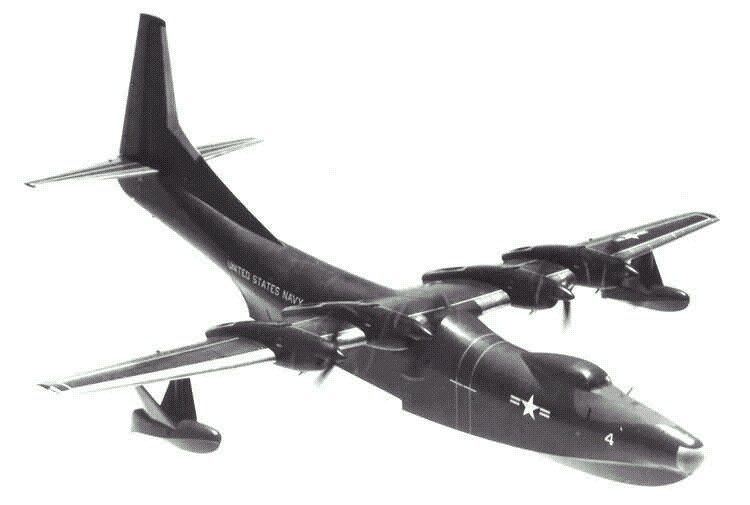
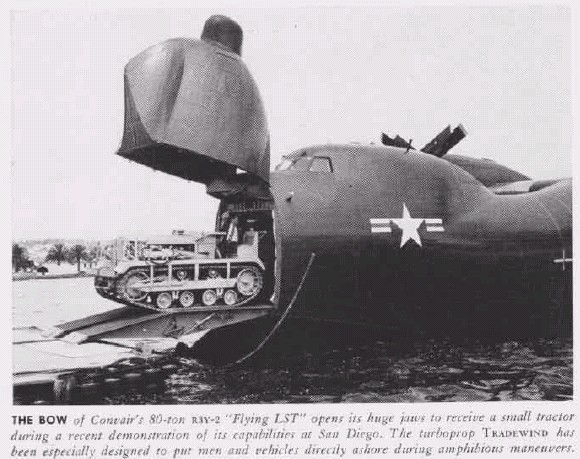
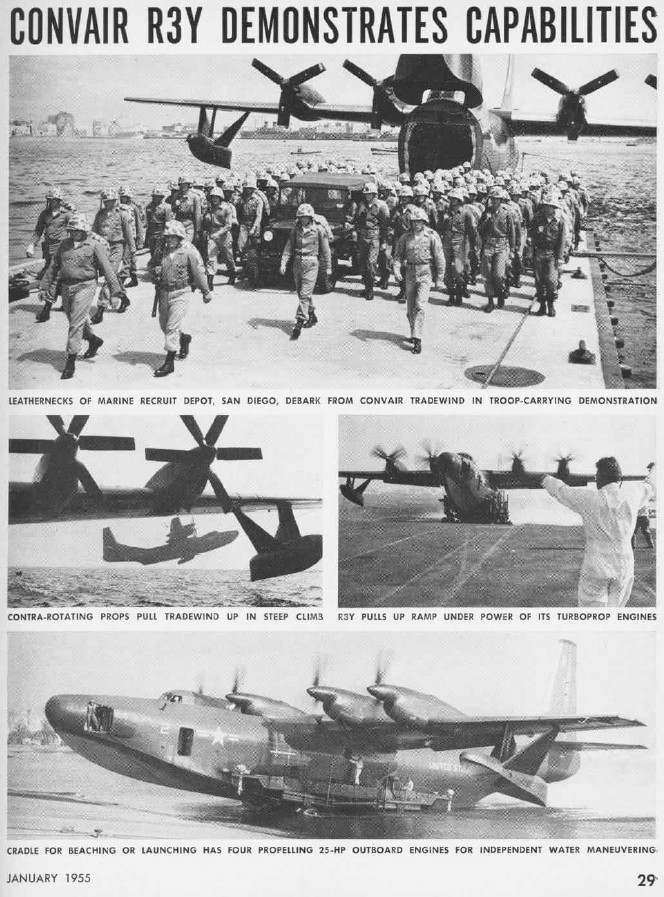
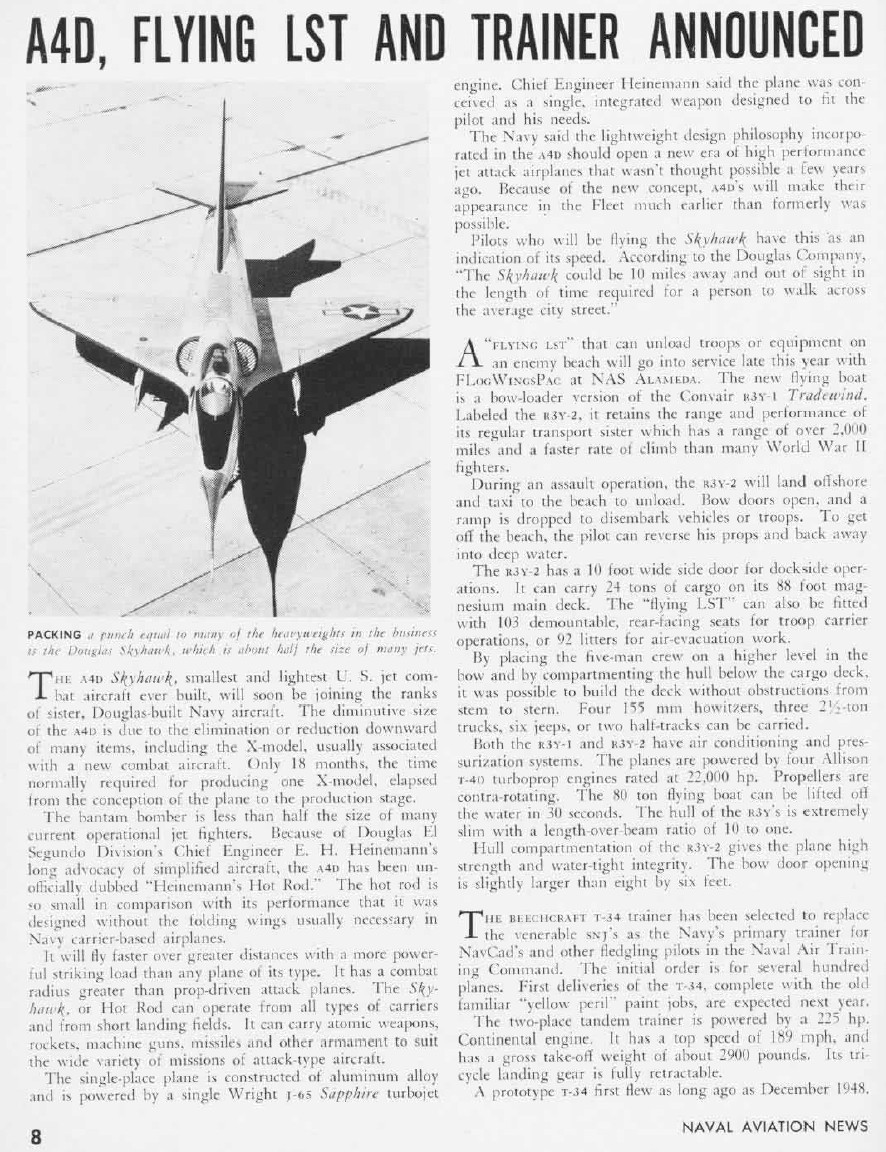
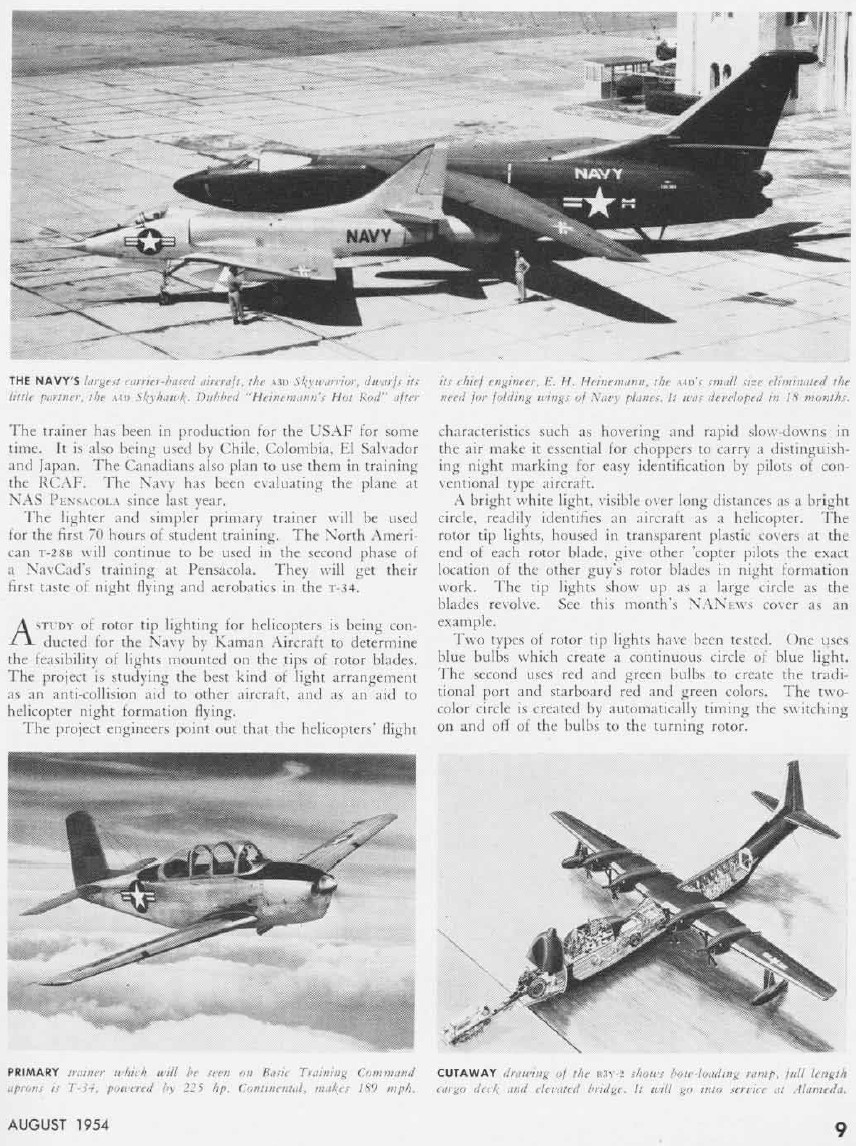
 www.youtube.com/watch?v=I_1AS13lnjg
www.youtube.com/watch?v=I_1AS13lnjg
Large seaplane = 300-400 mph fighting insertion platform
2 carried by seaplane tenders R-3Y Tradewind @ 100 marines = 200 per lift squadron of 12 from land bases = 1, 200 marines per lift
Airdrop/STOL: easily 2 x M50 Ontos 9-ton light tank/APC variants, small killer bee O/A helos
No ships to protect! Global strategic reach!
HQMC notes that BETTER options than helicopters were admitted to by the board but they went ahead with their helicopter prejudices...
"The use of troop and cargo carrying submarines appeared to offer a better solution..."
After the Shepherd Board, the next Commandant Cates was made aware of the Convair Tradewind seaplane transport because he lectured a marine Colonel on it:
"..the Commandant responded on 19 August to Colonel Dyer's letter of 25 June . Colonel Frank H. Lamson-Scribner, a veteran of Attu, Tarawa, and operations in the Marshall and Gilbert Islands during World War II, and who had been most recently assigned to the DivAvn after serving as commander marine air WestPac in China, prepared the Commandant's reply. It stressed that time was not available to design and construct the proposed 3,000-pound payload helicopter prior to the estimated completion date of the first XH-16 in 1952. It explained that the marine corps was also investigating the feasibility of transporting troops from friendly bases to hostile beaches by assault seaplane transports, in addition to the ship-to-shore movement of troops by helicopter, and that the assault seaplane concept had resulted in an engineering study contract being awarded for a "flying LST" to the Consolidated Vultee Corporation, San Diego, California."
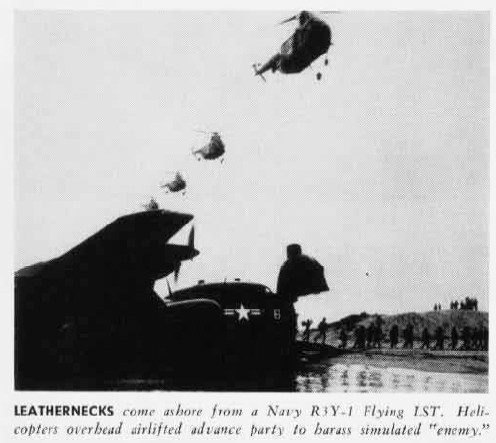
However it was not long before the "in addition to" was conveniently dropped by the USMC to foist their all helicopter sickess upon the entire outfit. A large seaplane capable of transporting 24 TONS was available in 1954 long before any helicopter would be; in fact THERE STILL IS NO HELICOPTER ON PLANET EARTH THAT CAN LIFT 24 TONS TODAY. The following is the bald-faced USMC lie said at the time and cleverly omitted from the HQMC propaganda history booklet:
"The idea of using large assault transport seaplanes also received considerable attention by the Secretariat-a sort of 'flying LST.' But like the helicopter, a seaplane of the size needed for carrying troops and their equipment was not in existence. The Secretariat, nevertheless, concluded that a mixture of these large flying boats and helicopters would be the most promising combination"
Yet, did the USMC even stay in contact with Convair, WHO WERE ACTUALLY MAKING the 8-engined R-3Y Tradewind "Flying LST" after 1946 to SEE WHAT WAS "FEASIBLE" BEFORE POMPOUSLY DECLARING WITHOUT FACTS THAT "NO TRANSPORT SEAPLANES WERE AVAILABLE"? Did they live in a cave? Did they not know of the Navy's huge MARS seaplanes already in use that Glenn Martin had for years proposed be used as marine transportation means? If they had went to Convair they could have asked them how many 8-ton M50 Ontos light tankettes could be carried with the Tradewind's 24-ton payload capacity? It would probably max out its volume before its weight, but potentially, 3 x Ontos light tankettes could be carried in the Tradewind. When better light and medium tracked vehicles became available like the 10-ton M113 Gavin, these could be carried, and they could even swim themselves to shore if fitted with waterjets to be "Amphigavins". The USMC did not ask because they had already made up their mind what they wanted to do--FACTS be damned like most military "boards".
OPTION C: status quo + helicopters (what the selfish USMC morons did)
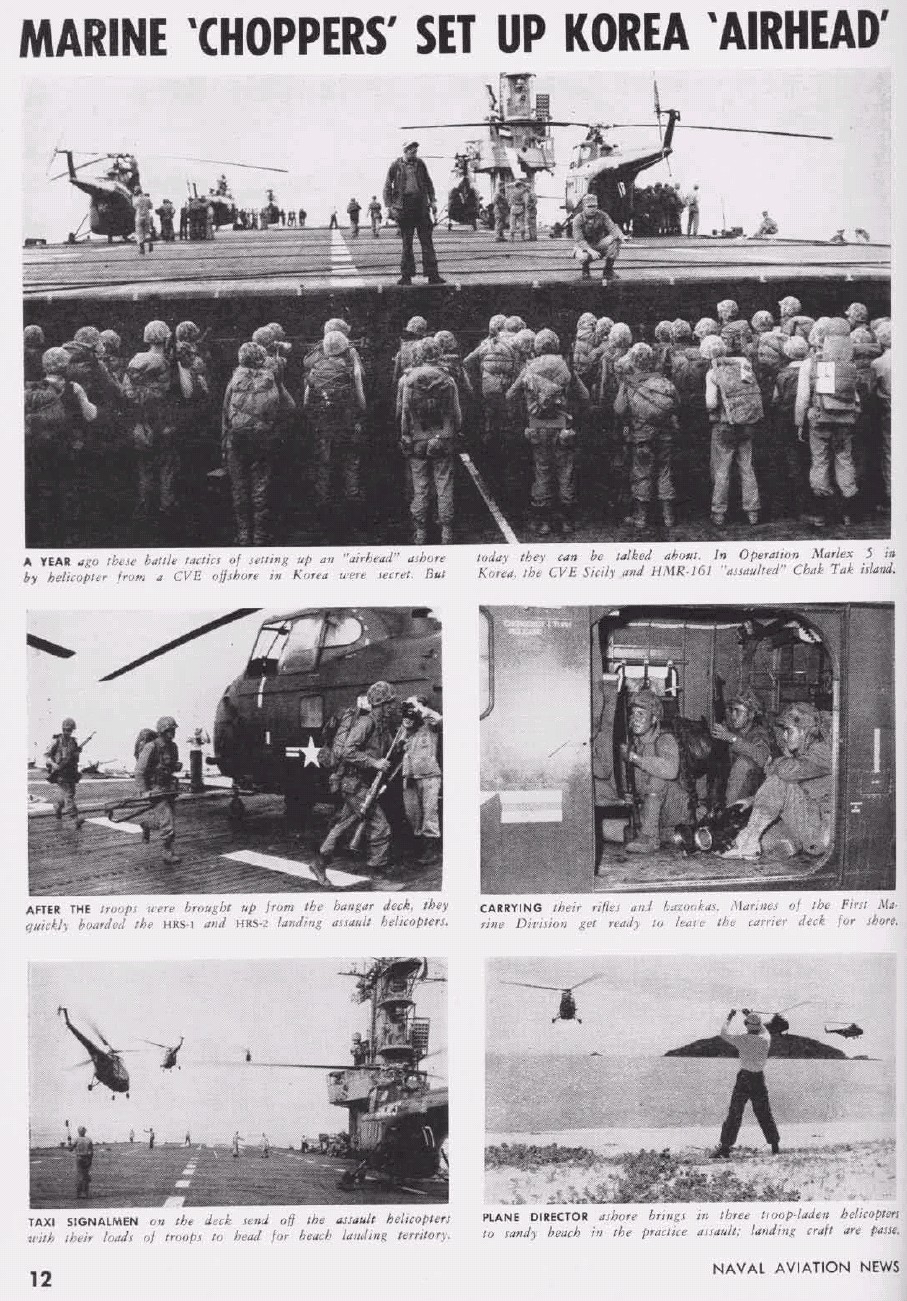
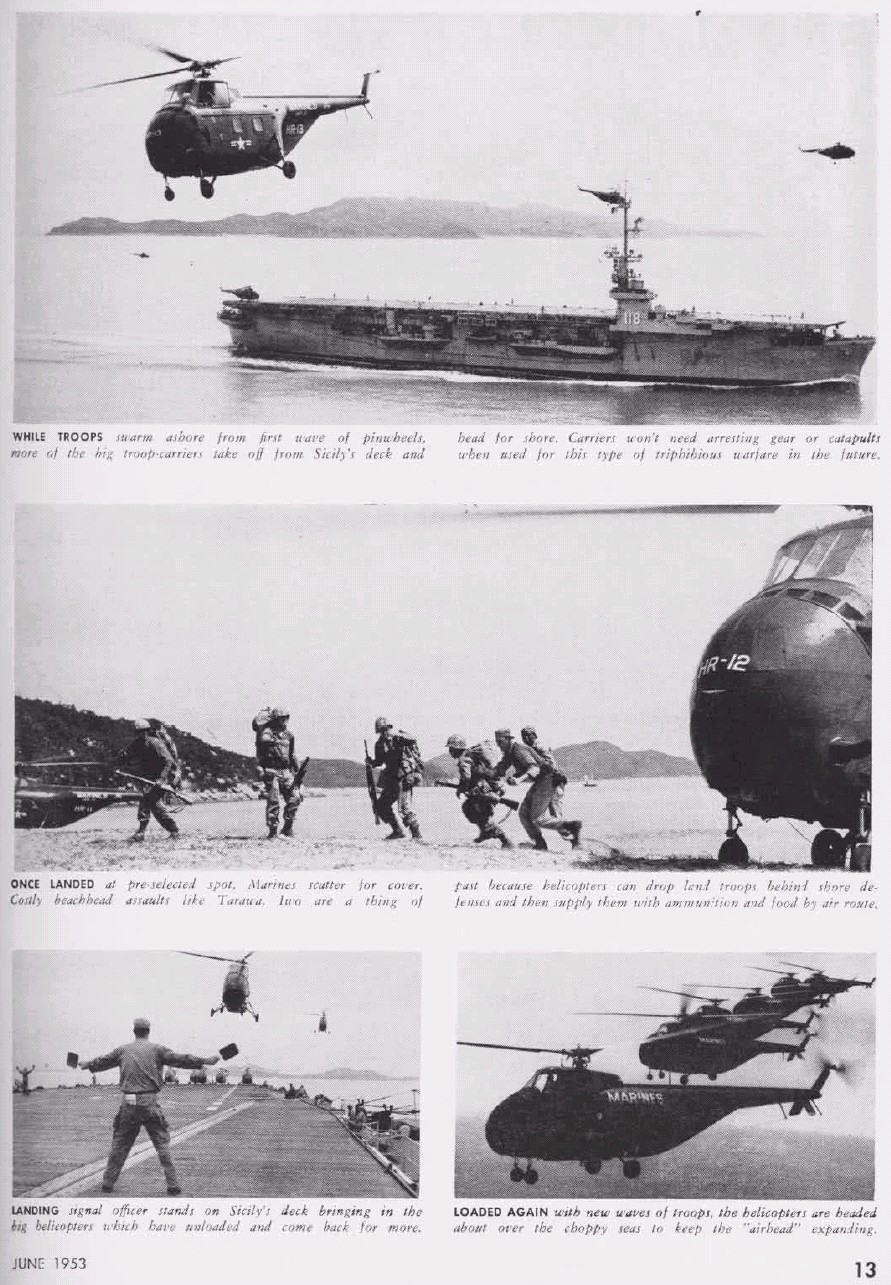
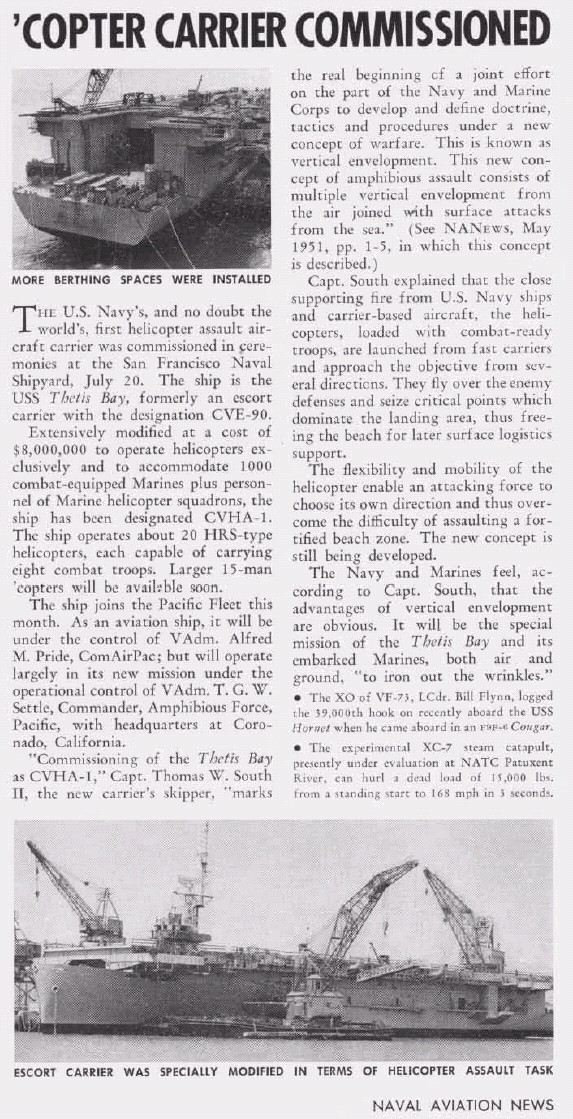
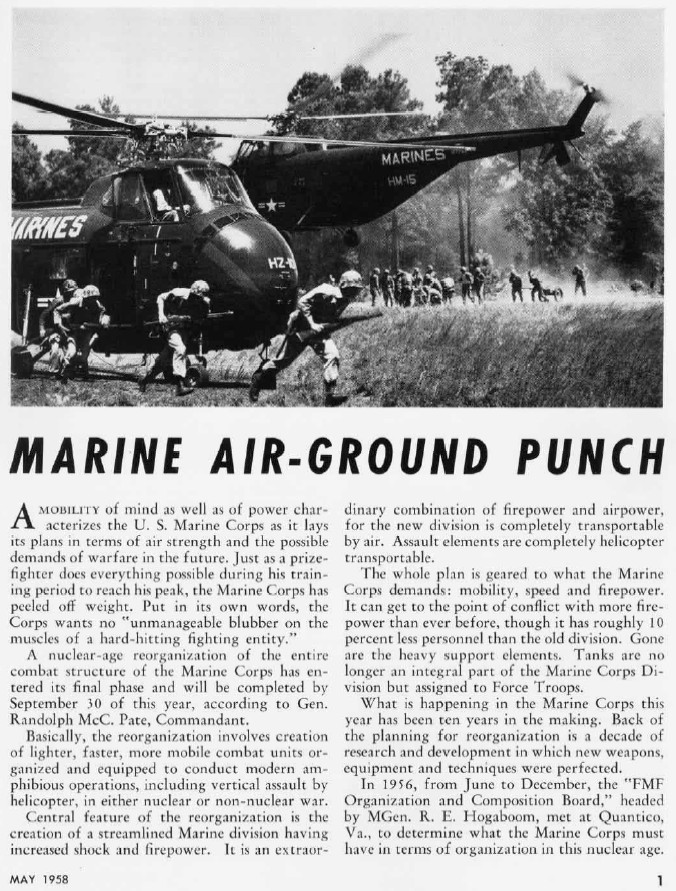
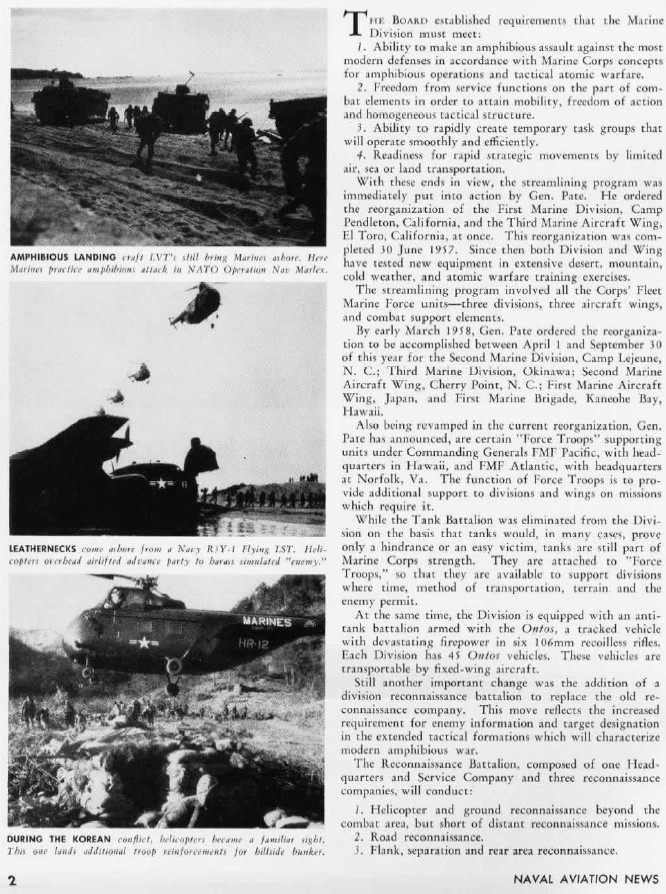
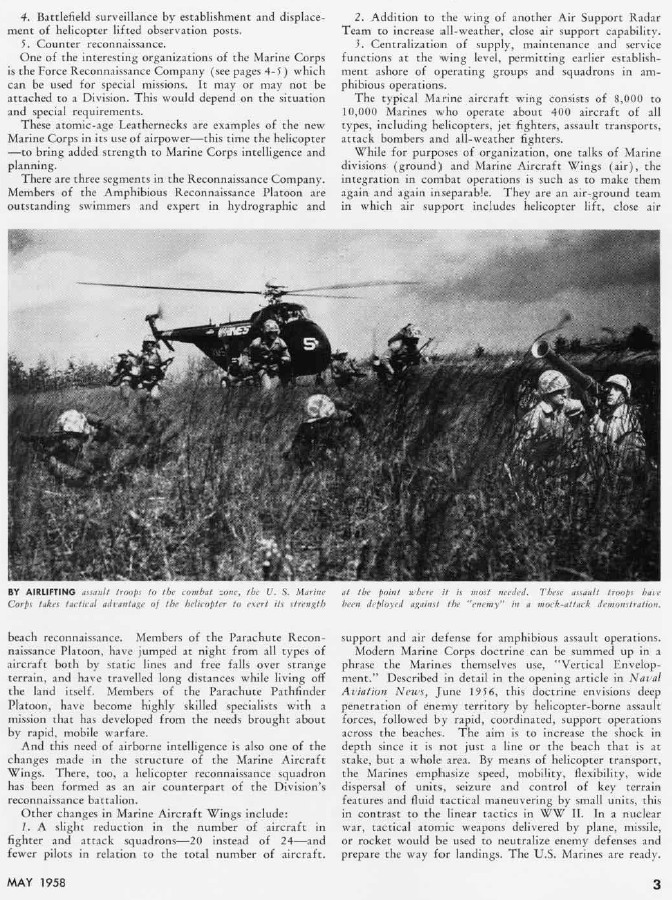
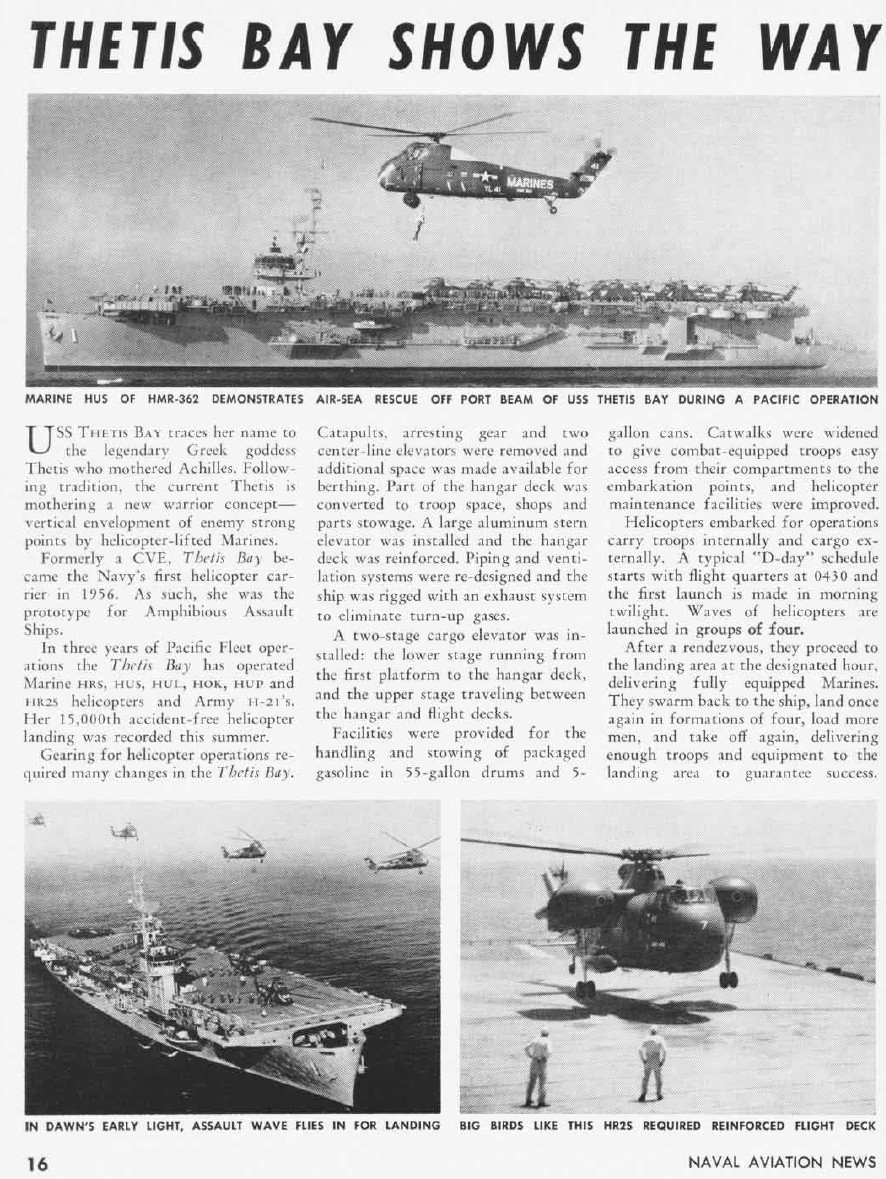
By Helo = 100 mph vulnerable, loud, huge target
18 x CH-37 helo @ 36 foot sloggers each (no tanks) = 648 per lift
The USMC filled with helicopter utopian hubris reminiscent of the later Army Howze Board thought it could replace EVERYTHING with helicopters when the facts are they CANNOT STAY ON THE GROUND AND CONTRIBUTE TO THE FIGHT ONCE THEIR FUEL RUNS OUT. Costs to operate these increasingly large and complex machines is no object so long as the American tax payer is footing the bill. Why FIX your ground mobility problems with armored go-anywhere, low-ground pressure TRACKS when you can be sexy and fly by a flimsy helicopter? Notice they didn't even figure out the R-3Y Tradewind seaplane + M50 Ontos connection in the article....
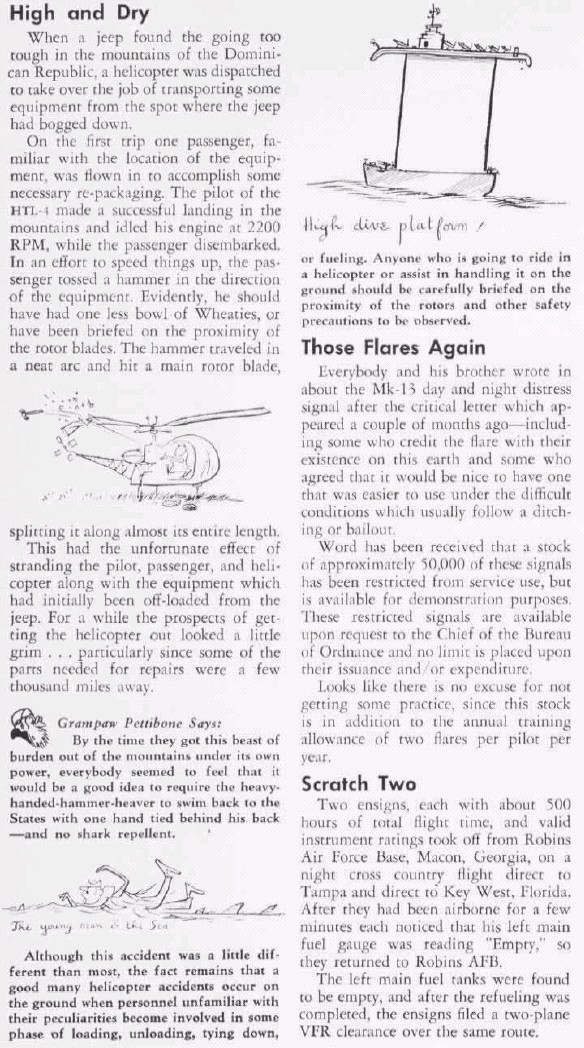
This "all helicopter" to deliver foot slogger marine riflemen egomaniacs madness has been passed on to every commandant ever since.
EXCERPT:
"General Pate provided General Hogaboom's board with a six-paragraph letter of concepts and criteria. In relation to the helicopter, he explained that the helicopter would become the principal means of achieving tactical surprise and flexibility. He mentioned that surface landing craft and land vehicles would continue to be the principal means of mobility at the objective until sufficient helicopters of improved capabilities were available to permit the landing, tactical maneuver, and logistical support of all assault elements of a marine division. It was considered that as the helicopter capability increased, the need for surface landing craft and land vehicles would decreases"
Empire building based on prejudice to pack marines like sardines on ships
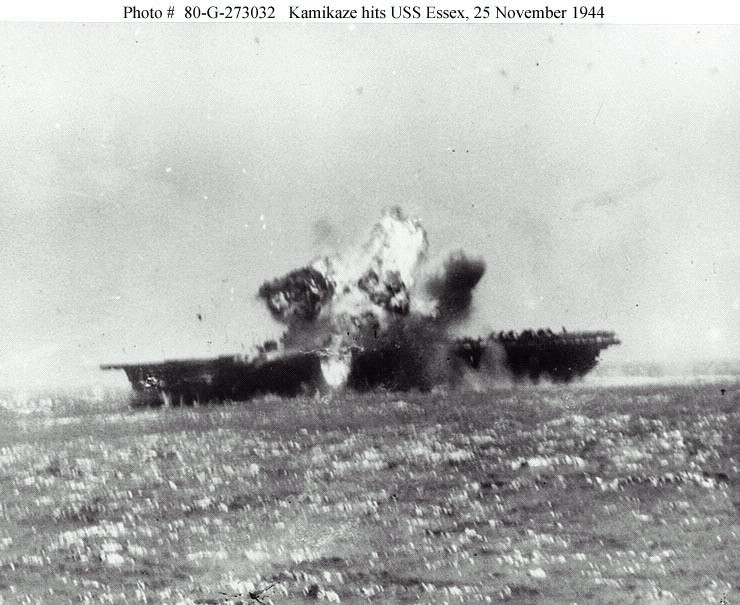
1. nuclear war/pgm human sardines-of-the-sea gene/birth defect
USMC failed and continues to fail to comprehend that thousands of marines on ships is unsound, proceeded to find band aid to work around this fatal assumption; today's pgms can kill ships just like nukes could in an area effect
2. Air defenses make slow helicopters toast gene/birth defect
USMC refuses to acknowledge that viability of 100 mph helos would be short; refused to exploit available 300+ mph fixed wing carrier and seaplane transports to in one case not be packed in ships at all, but in both cases fly at survivable speeds
3. Foot-slogging from too-large-for-assault-landings CH-46 gene/birth defect
The USMC never asked what are they delivering is total crap foot slogger victims in these helos; they were in a desperate hurry to get ashore from ship did not mechanize force with APCs, they took first helos available; the small ones like the Bell model 47s were ok for grasshopper medevac but they refused to arm as scout copters or even for self-defense. The USMC was also in an arms race with the U.S. Army that under the creative leadership of General Gavin was creating a well-thought out 3D maneuver warfare capability ON TOP OF the Airborne parachute method they had so successfully employed in WW2 and Korea (and ever since). The Army could buy helicopters from Piasecki and Sikorsky just as easily as the USMC could.
"He also favored an increase in the numbers of HUSs, since both the Army and Navy versions of the S-58 (H-34 and HSS-1) were proving to be a highly satisfactory aircrafts. In fact, it had been reported to the Commandant that the Army was increasing the number of seats in its H-34s from 12 to 18 and that the Army aircraft was consistently carrying loads ranging from 3,750 pounds to 4,000 pounds with over an hour's fuel on board."
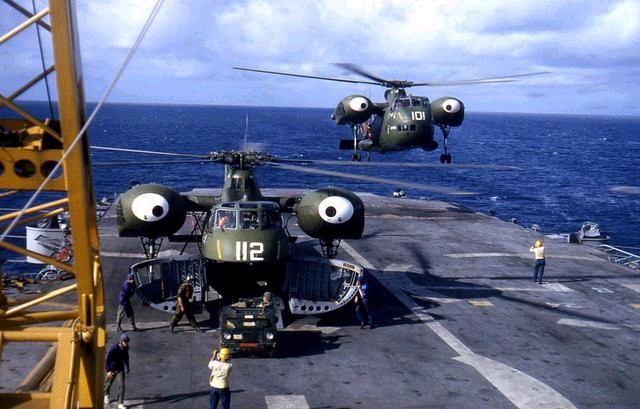
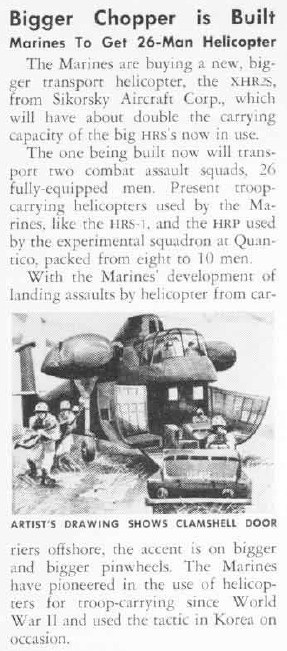
USMC wanted to one-up the Army with the Sikorsky large piston-engined HRS3 helo (CH-37) but then settled for the 20-seat, 10, 000 pound payload Vertol Model 107 twin-main rotor turbine helicopter (CH-46) to replace their piston-engined HRS (UH-34) Sikorsky S-58 helicopters. The Army rejected the Model 107 as too small to be a heavy lift helicopter so they went with the enlarged CH-47;
"The Vertol Corporation had developed the YHC-1A transport for the Army and the commercial version of this helicopter, the 107M, offered a high degree of competition to the Sikorsky HR3S...."
But the stupid USMC bought the CH-46 thinking it still was AOK as an troop assault helicopter!
"General Smith's board reported, in relation to the smaller helicopters, that it was concerned with the emphasis being placed on the large transport helicopters at the expense of the medium types, such as those being operated by the nine transport squadrons. The HR2S-1, the board said, was a large aircraft which would require a much larger, level landing area than the HRS. Open level areas capable of receiving a squadron of HR2Ss were comparatively rare in many types of terrain. They felt that one of the advantages of the medium size helicopter was its ability to land in almost any type of terrain. An organization with only large helicopter transports would not have the flexibility in the selection of landing zones that was enjoyed by the HRS squadrons. In stating its position in this matter, the board said, "we foresee a definite and continuing requirement for medium size helicopter transports (HRS, HUS, or equivalent) and believe that one squadron per wing is an absolute minimum."
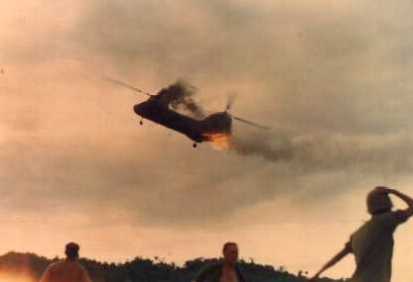
However, the twin main rotor CH-46 is also too big to be an assault helicopter to land troops to take the LZ and secure it for follow-on heavy lift helos to land safely. Hogaboom, a marine officer warned about this size problem in his report:
"Entitled 'Military Requirements of Helicopter for Ship-to-Shore Movement of Troops and Cargo," Colonel Hogaboom' s report stated: a capacity in excess of 20 men is not desirable in an assault helicopter since the craft will undoubtedly be extremely vulnerable."

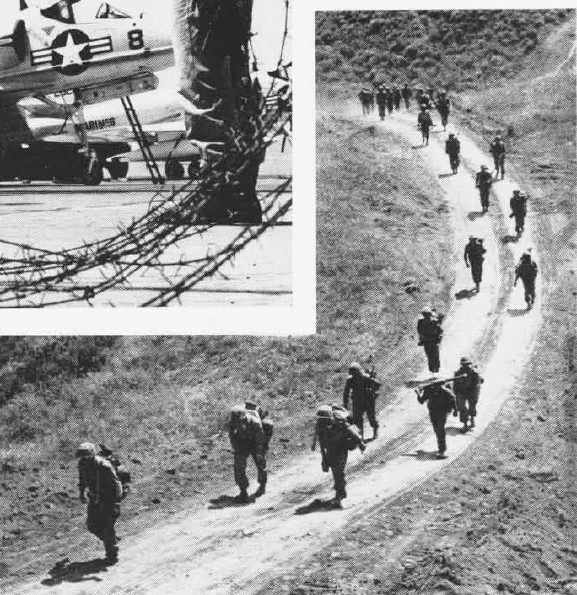
To compound USMC wrong helicopter sizing errors, they herd on and herd off helicopters in clusterfucks instead of dropping down to create a perimeter around the helicopter they just left to return fire so it can taker-off safely and not explode into a flaming, spinning thrashing death machine as took place in 1965 in the infamous "helicopter valley" debacle in South Vietnam.
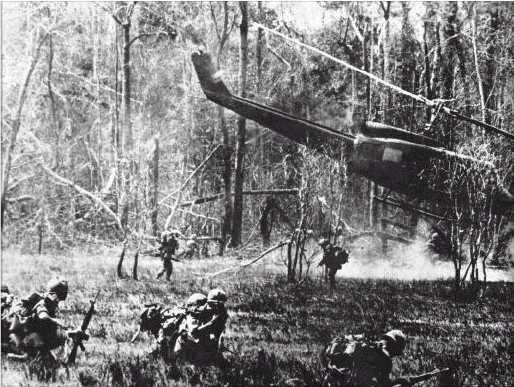
The Army already knew this and started using smaller, compact single main rotor Hueys instead of UH-34/S-58s and later on today's Blackhawks that latter are hardened to enemy fire to deliver 1 SQUAD of men at-a-time to first secure the LZ, THEN have larger transport helicopters arrive---sound 44-seat, 25, 000 pound payload CH-47 Chinooks are the stars of the war in Afghanistan and are in new "F" model production today for both the Army and USAF. CH-46s in Vietnam were clobbered when landing and taking off during the Vietnam war, killing many marines. The result was the marines turned to "humping" ie; marching on foot from their forward operating bases, resulting in even more casualties from slamming into the more mobile VC/NVA and being placed in fight-or-die situations constantly. For an organization that brags that "it created helicopter warfare" (the Germans actually created the helicopter, the U.S. Army actually did the first combat rescue missions in WW2 and the British did full-scale helicopter assaults first, the USMC did some small-scale within friendly lines troop movements by helicopters in Korea which hardly count as "Air Assaults" into enemy held terrain), it didn't have it or use it when the bullets were flying since they had failed to be PREPARED beforehand to have at least a somewhat reasonable Air-Mobile Force combined-arms structure. "Heliborne" to the USMC is just a ship-to-shore means, and a badly erected construct at that. New CH-46s are not wanted or needed by anybody today and the existing ones are worn-out and restricted to easy flight profiles lest they fall apart.
4. The We-Want-a-SkyCrane-Helicopter-to-Lift-Light-Tanks, but then we don't because the MARINE RIFLEMAN is the center of the universe gene/birth defect
The USMC desperate to play ship-to-shore body count delivery math is following bad 20-seat/10K CH-46 gene/birth defect with the V-22 today to its ruin. If you are going to do vertical envelopment, think through the problem and not just make-do with unsound crap and ad hocery...you might end up having to LIVE WITH YOUR CHOICES FOR YEARS AFTERWARDS: they are still using the same CH-46s, UH-1s, AH-1s and CH-53s TODAY! This leads to the next error: the failure to obtain a heavy lift helicopter capable of lighting light tanks/APCs so the marine force is not fighting the enemy "even" M16 versus AK47 (actually uneven: they have more men carrying AKMs and they have lots of RPGs). Helicopters are asked to do a very difficult laws-of-physics task: vertically take-off and land. WEIGHT is critical. To lift TANKS you can't be squandering weight carry empty fuselages full of air, you need a SKYCRANE.
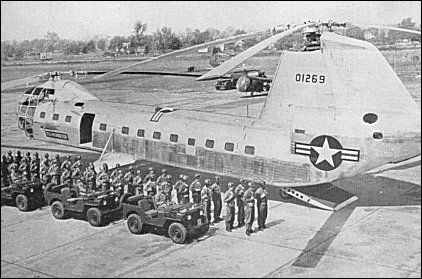
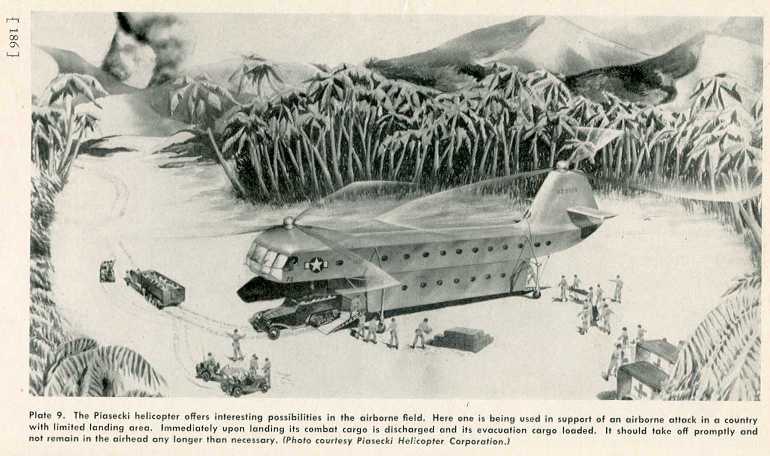
Piasecki who enabled the marines to even begin playing with heliborne assaults in 1949 offered them his pod-carrying H-16 heavy lift helicopter in the 1950s but the USMC dithered about instead.
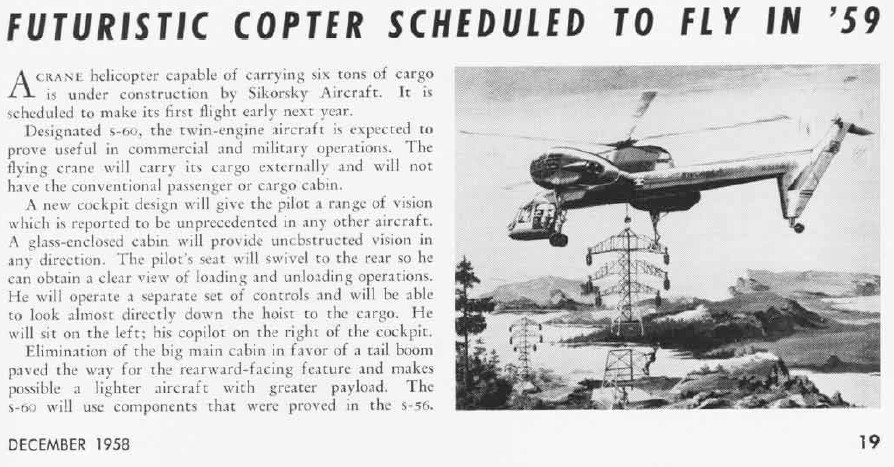
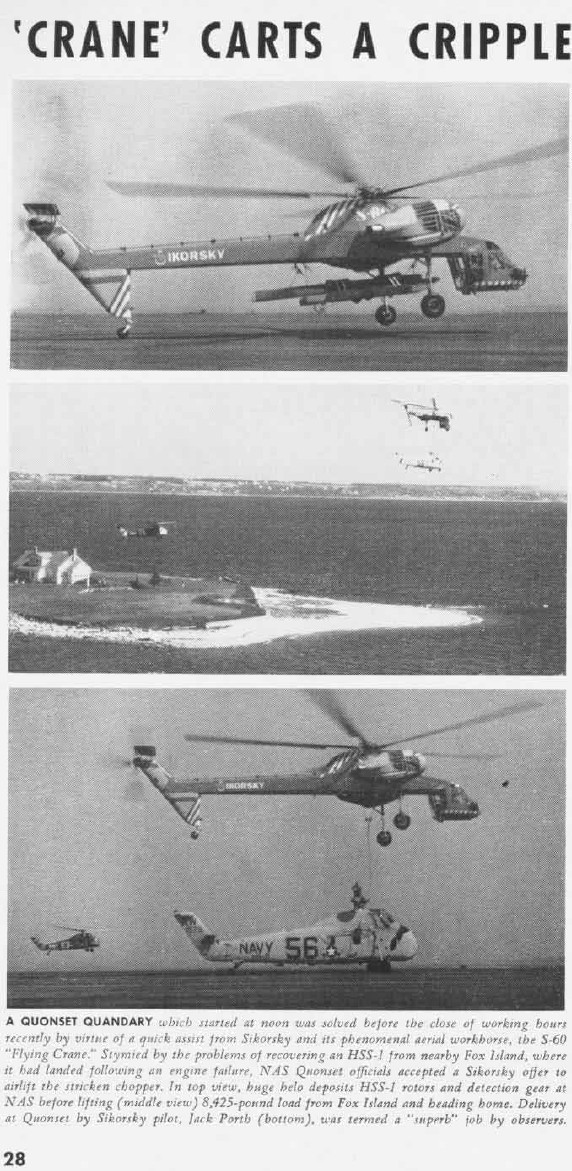
In early 1960s, the USMC still wanted a large transport helo on top of their bloated medium CH-46 helos; the payload efficient S-60 piston-engined and CH-54 turbine-engined Skycranes were offered to them by Igor Sikorsky, but they chose instead the absurd CH-53 which squaunders 5 tons of lift by having a bloated fuselage, 3 decades later the "E" model somewhat overcomes this inefficiency with 3 engines and gets them a a costly heavy lifter, but now they have no 8-ton Ontos light tanks to fit inside to exploit this air-mech capability!
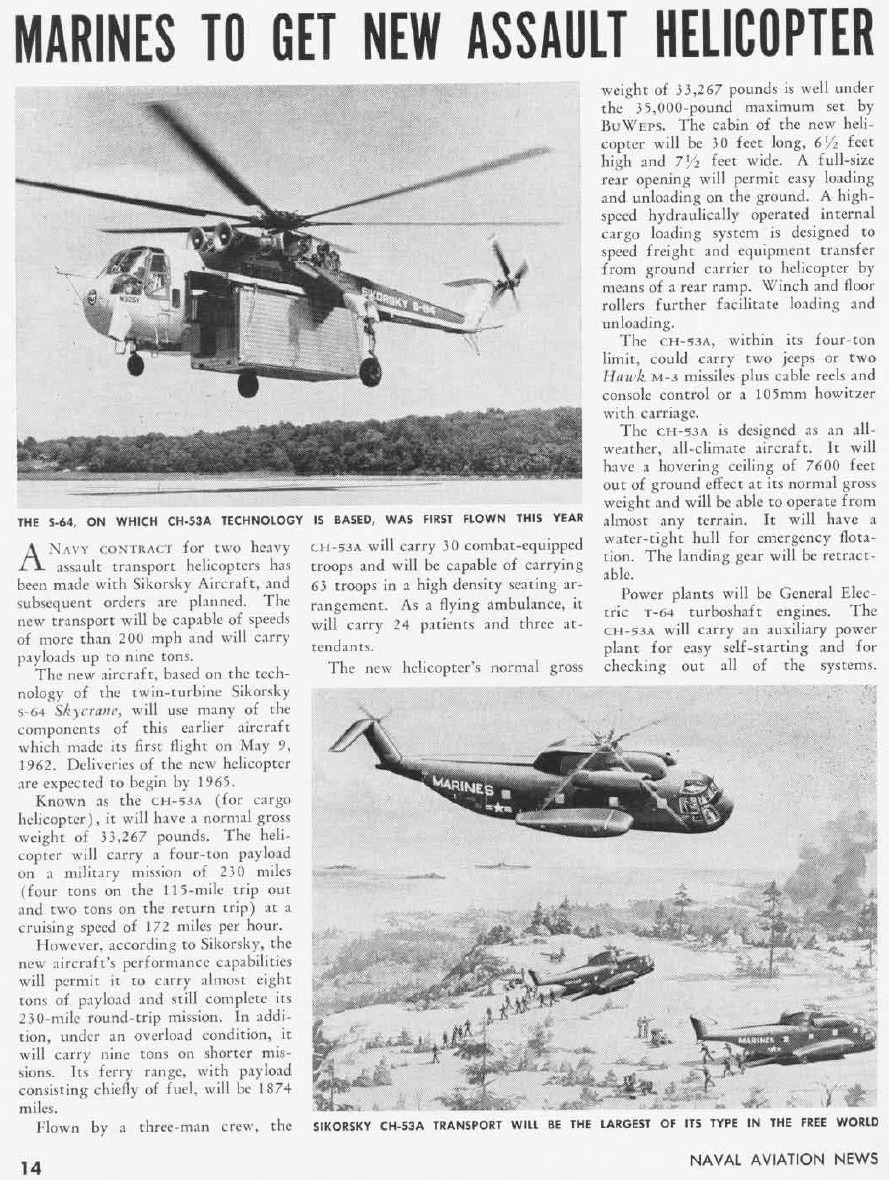
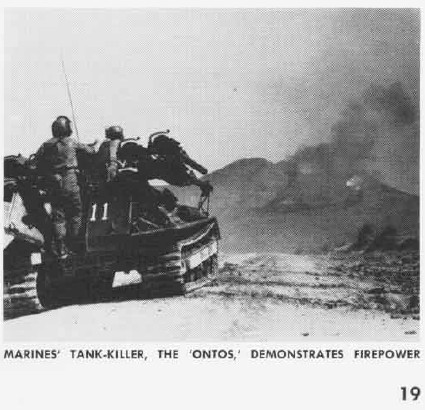
Ontos: 6 x 106mm recoilless rifle firepower in a light tankette: USMC refused to get a Skycrane-type helicopter to fly it so it could accompany riflemen foot sloggers to render fire support
We have no sympathy for the idiots that inhabit the ranks of the USMC year-in and year-out. They have made their fatal vulnerable-surface-ships-packed-with-themselves-as-sardines depending on slow, loud vulnerable helicopters "bed" (grave) and now they have to lie in it. They want to "have their cake and eat it, too" somehow by having the V-22 bail them out of their bad choices damning them years ago by it magically flying like both a helicopter to take off EASILY from surface ships and fly fast like a fixed-wing airplane so they don't get shot down so they can enter the battlefield EASILY without having to parachute jump, WORKING AROUND THE WEAKNESS OF THE LOW-GRADE BLIND OBEDIENCE LEMMING MARINE RIFLEMAN. America shouldn't subsidize an entire organization built around fundamental weakness.
5. The Close Air Support hypocrite gene/birth defect
USMC wanted at the time new turbine ASH "grasshopper", but instead of getting lots of SIMPLE "killer bees" takes the Army Huey which is really too big but is what Army uses to deliver squads to secure LZs as smaller targets. Excerpt:
"Even as early as 1951, HMX-1 had experimented with mounting machine guns and 2.75 inch rockets on the HTL-4 [Bell Model 47 or OH-13], but there was little interest in developing a helicopter for the close air support role . Many
pilots with Korean combat experience were definitely against arming the helicopters. Also the ceiling limit of 1425 aircraft mitigated against procuring a lightly armed and vulnerable helicopter"
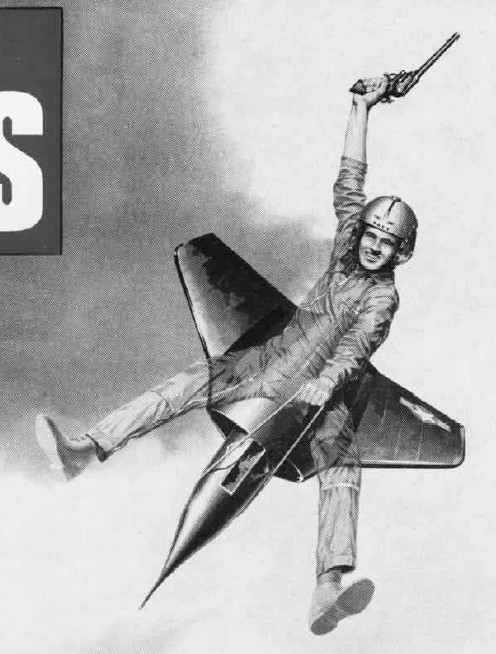
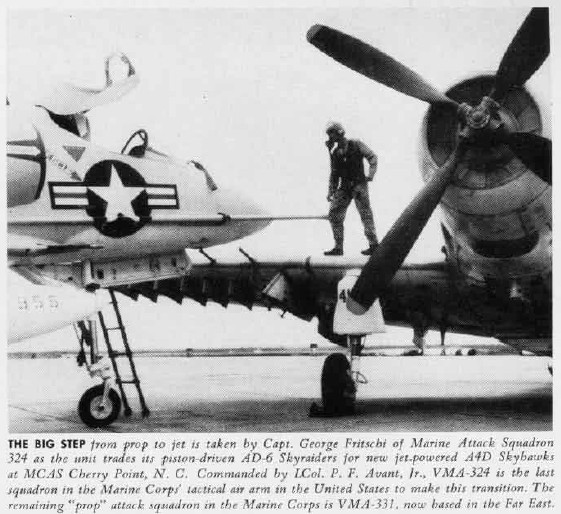
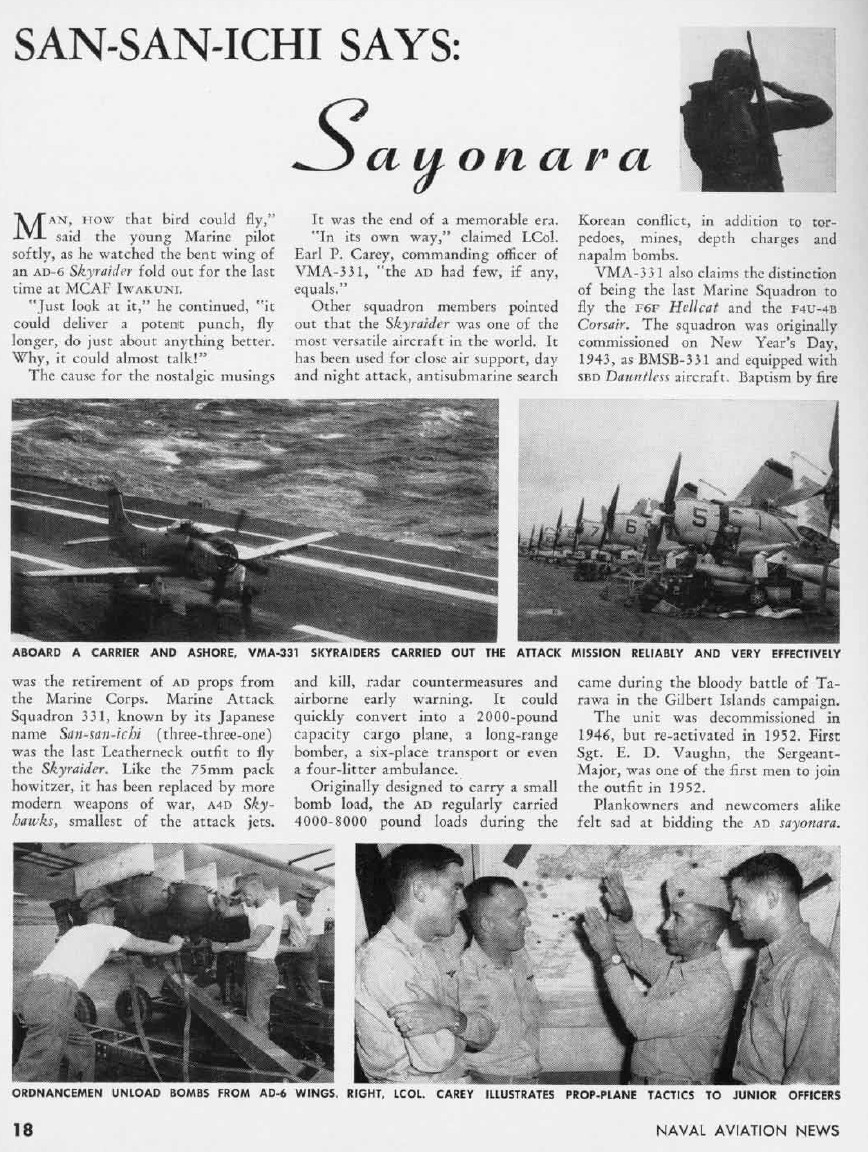
...and then the egomaniacs ditched their Skyraider prop attack planes that can actually do CAS for too fast jets that can't!!
USMC also takes the Army HueyCobra gunship later when armament need is realized, but is now stuck with a loud, slow platform that cannot be armored like the Army's Apache to have any hope of surviving enemy fires.
And to top it all off, ever since the 1950s, the USMC HAS NOT HAD A SMALL SCOUT HELICOPTER. The Huey is too big and loud to act as a suitable scout copter like the Army's OH-58D Kiowa Warrior. And there is not enough of them in the USMC. The USMC was actually better off during the Korean War when it had HUNDREDS of small OH-13 Sioux and O-1 Bird Dog "killer bees" than it is today lacking both! If the USMC had been smart (its not) OH-13s would have been improved with turbine engines and made stealthy with NOTAR and better camouflaging.
USMC beats chest for need for CAS, retires its prop Skyraiders for flies-too-fast-to-see-ground A-4 Skyhawks in the 1960s; replaces this bad mentality with atrocious crash-prone Harrier in the 1970s/80s...continuing to today...in the 1960s they only bought a handful of improved O-1 Bird Dog IIs with slightly more powerful engines, armor and self-sealing fuel tanks to act as observation aircraft. This void was wisely seen as a huge problem by genius marines Beckett and Rice who proposed their brilliant LARA concept only to have it botched by DoD into the OV-10 Bronco. The USMC fighter jock egomaniacs killed even the OV-10s in 1994, leaving grunyts on the ground with ZERO observation let alone observation/attack planes.
6. Bloated medium-weight-carry-too-many-men-packed-like-sardines-amtrack gene/birth defect
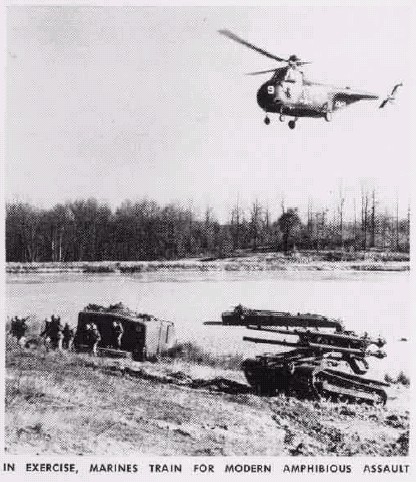
Details: www.combatreform.org/armorhistory/amphibiousinfantrytanks.htm
7. We-don't-need-no-stinkin'-Fixed-Wings gene/birth defect: Refusal to Fly Fast Enough to Survive
The lazy USMC built around the lazy rifleman-narcissist thought it could get away with operating slow, loud helicopters for many, many years. They even painted in giant white letters "MARINES" on the sides of their absurdly dark green colored helicopters themselves too large for tactical assault landings.
Then they began to get shot down horrifically all over VietnaM.
Typical marine response was to the problem was to deny there even was a problem, so they stopped using helicopters to move troops around Vietnam. Those that did fly helicopters painted over the stupid white lettering and tried to not get themselves shot down.
The "head shed" at HQMC has been offered faster flying helicopters for many years, first starting with James McDonnell BEFORE the Korean War:
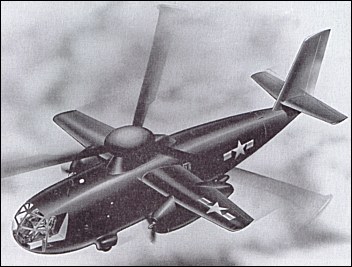
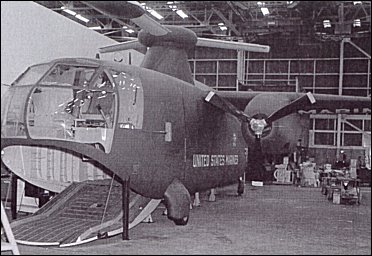
http://avia.russian.ee/helicopters_eng/mcdonnell_xhrh-1.php
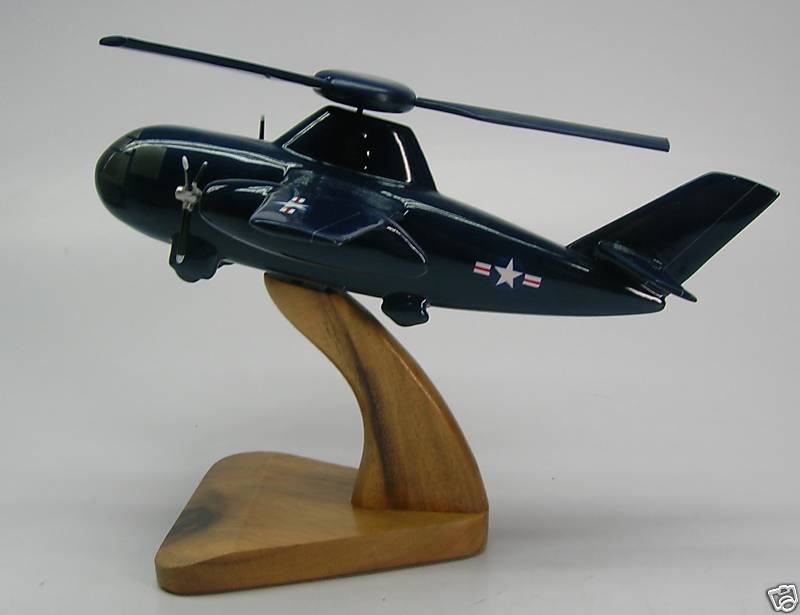
...and Frank Piasecki with his vectored thrust ducted propeller (VTDP) system again and again ever afterwards. Even offering kits to make the HueyCobras fly faster have been rejected by the USMC yet it wonders why they still get so easily shot down?.
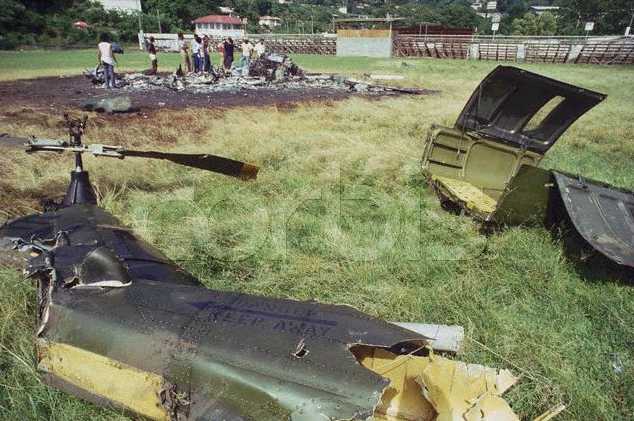
Remains of USMC HueyCobra shot down over Grenada in 1983: note it was painted in absurd dark green!
Now all of a sudden decades and thousands of dead and maimed men later the USMC "sees the light" and wants V-22s to fly faster....to DELIVER EGOMANIAC RIFLEMEN!
They never learn, do they?
Summary & Conclusion
The concept of converting a RO-RO Ship to a Commando Aircraft Carrier is sound and proven. Even having it operated by someone other than the Navy is also sound. The Japanese ARMY, that's right--the ARMY operated combination aircraft carriers and amphibious assault ships converted from merchant ships in WWII. This idea that we can only have an aircraft carrier if its a huge multi-billion-dollar Nimitz class with 6,000 men is another lie foisted upon us by the current U.S. Navy brass.
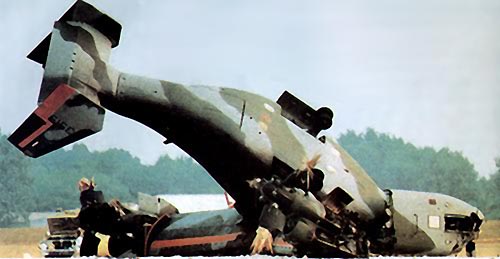
The desperation of the USMC for the alleged long range (if it crashes and it burns its effective range is ZERO) of the V-22 half-helicopter, half-airplane abomination is driven by the fact that over the years, long-range USAF fixed-wing t-tail airdrop and STOL aircraft delivering the U.S. Army Airborne has eclipsed them as the first-to-fight as seen in Grenada, Panama, Iraq 1 and 2, and Afghanistan. Today's world moves by the speed of the air not a "slow boat to China". Without the bragging rights to beat their chest that they were first on the scene, bruised marine egos desperately seek a long-range aircraft comparable to the turbofan jet C-17 Globemaster IIIs the Army uses to get to the fight and drop in by parachute. Even IF the V-22 worked--which it does not---its still not as fast nor can deliver even a fraction of the 80 TONS of combat power the C-17 can airdrop or airland, anywhere in the world in a matter of hours. The V-22 has the "medium" CH-46 genetic mutation in it; its too large to be a "killer bee" to get effect by numbers nor airland covertly into a landing zone and not get creamed by enemy fire and its too small to carry light tanks so the men it offloads are anything but victims and flag-draped coffins waiting to happen. The recent publicity stunt by HQMC to foist the grotesque notion of projecting 13 marine foot-slogger victims by a sub-orbital aerospace plane in Popular Science magazine shows that the USMC's Nimrodesque "Tower of Babel" narcissism reaches to the high heaven of arrogance and is idolatry and un-Americanism of the worse kind imaginable. The USMC can't even get the helicopter right without incinerating dozens of human beings yet it wants to go into space?
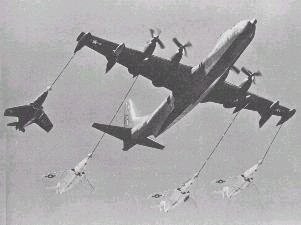
Furthermore, the USMC could have had 24-ton payload long-range seaplanes in the 1950s; offering America a needed capability for sea-based in-flight refueling and amphibious land force projection and making them legitimate rivals to the Army Airborne, but instead the Iwo Jima empire builders chose short-range helicopter band-aids and now they are stuck with what they got---thousands of men packed like sardines in vulnerable surface ships without a way to get to the battlefield except by getting creamed in slow, loud, noisy helicopters, bloated amtracks and loud LCAC hovercraft, all delivering a victimology clusterfuck ashore. If a real combined arms force with maximal effects and minimum weaknesses for the enemy to exploit were being delivered the flaws in the preceding delivery means could be tolerated, but not if they are delivering crap that will get itself killed. Its long overdue that America wake up and pull-the-plug on the Iwo Jima ego club that serves itself and not does what America needs before its too late and we find out the hard way we needed a real NLMB to do small wars/SNCs.
If you cannot get to the fight first because the U.S. Army Airborne is usually able to fly there at 500+ mph in a matter of hours, then CONTRIBUTE with amphibious staying power from ships ie; MORE SUPPLIES and heavier tracked armored fighting vehicles than are easily delivered by air. Our sea-based NLMB is geared to this concept.
NOTES
Japanese Escort & Amphibious Warfare Aircraft Carriers
Its ironic that the USMC has embraced the mentalities of the narcissist militarist Japs who they fought against in WW2. Militarism sucks regardless of the nationality living the lie. Meanwhile, while the navies and marines of a nation-state play games, their army gets left "holding the bag" holding the ground which determines victory or defeat. Its ironic that the Japanese Army was in the same situation as America's Army is today with a non-reality-centric navy/marines sucking down huge quantities of funds for their irrelevant fantasies. To wage sub-national conflicts well, America's Army should get its own civilian cargo container ships to use as floating bases to avoid a huge land presence that engenders the civilian populace to rebel against us. The NLMB having such sea-based platforms would insure the right force, not trigger-happy egomaniacs can interface with a low land FOB/LOC footprint the people whose country we are trying to stabilize. Even the active-duty Army 18-30 year olds are too immature to do this so the NLMB should embark a Non-Linear Battlefield Stability Corps (NLB-SC) composed of older and screened troops.
The Japanese Army did not have at sea a permissive environment to employ its amphibious assault carriers and they were sunk by American submarines. It was either them or us. This should be a stern warning to our navy/marines of today, but they are blinded excuse-mongering egomaniacs so don't hold your breath. The Japanese lost the war because they could not prevent our submarines and land-based aircraft from sinking their cargo supply ships. A lot of pundits whine about them "not having enough large aircraft carriers after the battle of Midway" but this was and is no excuse. How do you think America got its 100+ aircraft carriers to defeat the German submarines? They were not "fast carriers" that the lying USN propaganda machine would have you believe won the war single-handely. America's WW2 carriers were mostly SMALL CVE "jeep carrier" ESCORT TYPES CONVERTED FROM CIVILIAN CARGO SHIPS. Furthermore, if you leap-frogged land bases correctly, you wouldn't need aircraft carriers so long as you don't let them get picked off one-at-a-time causing a supply interdiction problem. The Japanese could not stop the U.S. Army and Air Force from doing this and the latter proceeded to march on up to the home islands the long way until the former were completely surrounded.
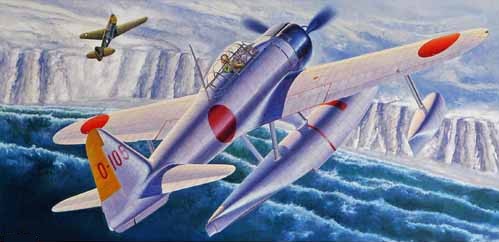
However, the Japanese didn't even need to go to the trouble and expense of making jeep carriers. They had the world's best seaplane fighters that could easily have been operated by the cargo ships using catapults to launch them instantly into the air and/or cranes to lift them in/out of the water to effect convoy defense. Their float-equipped Japanese Zero "Rufe" seaplane fighter was fast and agile enough to even shoot down our early generation land-based planes without the aerodynamic penalty of floats. These seaplane fighters could have been fitted with radar and MAD to ward off our submarines, but it wasn't done and their army garrisons were starved out as General MacArthur's tri-phibious maneuver forces bypassed them.
Grognard (civilian war gamers whose technotactical understanding puts most military men to shame) Mike Bennighof wrote in October 2004:
http://www.avalanchepress.com/prop_leyteCarriers.php
The Japanese services fought a nasty bureaucratic war throughout the period from the end of World War I until Japan's surrender in 1945. Japanese generals became disenchanted with what they saw as the Navy's inability and unwillingness to do enough to supply Army garrisons on isolated Pacific islands.Akitsu Maru
They started by purchasing civilian freighters for use as transports, but by the middle of the war they had gone even further. The Army laid down a class of transport submarines to help run supplies to the islands, and to help protect its surface fleet it assigned a pair of amphibious assault carriers (themselves a radical concept) to escort duty.
These two ships, Akitsu Maru and Nigitsu Maru, had been laid down as passenger liners and converted to landing ships by the Army. They had stern doors for launching their 20 landing craft, and short flight decks as well.
Originally these had been intended to fly off aircraft that would then land at airfields captured by the landing forces. But by 1944, when these ships were commissioned, the Japanese Army was no longer doing much capturing. However, the Army had an aircraft available that could make full use of the short flight decks for take-off and for landing, and promised to show good qualities in anti-submarine warfare as well.
The Kayaba Ka-1
The Kayaba Ka-1 autogyro was based on an American design, imported to Japan in 1938. An autogyro is a hybrid of helicopter and airplane; while it has a rotor blade chopping overhead, it also has a propellor. Juan de la Cierva, a Spanish engineer, invented the concept and flew an autogyro over the English Channel in 1923. But the autogyro did not gain widespread acceptance.
The Army liked the craft's short take-off span, and especially it low maintenance requirements. In 1941 production began, with the machines assigned to artillery units for spotting. These carried two crewmen: a pilot and a spotter.
In its ASW configuration, the spotter gave way to two depth charges. Ka-1 anti-submarine aircraft operated from shore bases as well as the two small carriers. They appear to have had one successful submarine sinking.
Had the Army and Navy been able to cooperate on the program, the Ka-1 could have been made devastatingly effective: the Navy had developed a precursor of what later navies would call "dipping sonar," perfectly suited to autogyro use.
American submarines eventually sank both of the carriers.
Units of the Class Characteristic
History
(a) Akitsu Maru
(b) Nigitsu Maru
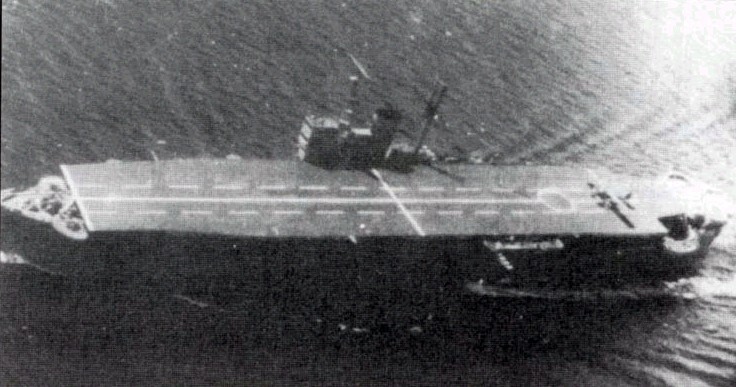
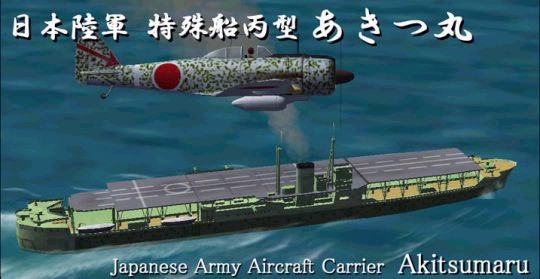
Displacement: 11,800 tons
(a) Length 480 feet
(b) Length 498 ft 8 in
Beam 64 ft
Draught 25 ft 9 in
Machinery Turbines: 4 Boilers and 1 shaft
Performance: 8,600 SHP; 20 knots
Flight Deck: 404 feet x 74 feet, 1 Lift
Aircraft: 20
Guns 10 x 75mm; 2 x 77mm primarily for Anti-Aircraft
Imperial Japanese Navy was not the only service to operate with carriers. In early 1941, the Imperial Army projected to convert some merchant ships into assault ships under their command. These vessels could be used both as troop transports and aircraft's transports
Reconstruction was limited to redirecting boiler uptakes to the starboard side to emerge in a single funnel. A small flight deck was fitted over the superstructure. JAAF aircrafts could not only be transported, but also flown off to assist landing forces in the rapid establishment of a land-based air defense unit. Twenty standard landing crafts could be carried.
Details of wartime operations not known. Both ships, Akitsu Maru and Nigitsu Maru, were sunk by submarines during 1944.
Chigusa Maru
Yamashiro Maru
Displacement: 11,800 tons
Length: 151 meters
Length 157 meters
Beam 20 meters
Draught 9 meters
Machinery Turbines: 2 boilers and 1 shaft
Performance: 4,500 SHP; 15 knots
Range: 9,000 NM; 13 knots
Flight Deck: 152m x 23m; no lift
Aircraft: 8
Artillery 16 x 25mm Anti-Aircraft guns
Yamashiro Maru commissioned: 27 January 1945
Imperial Japanese Army acquired two tankers in 1944 to convert into escort carriers for army convoys. These carriers operated with Japanese Army's fighters Ki-44 in a limited air and ASW defense role over troop convoys. Only Yamashiro Maru was commissioned.
Yamashiro Maru was the only ship of this class which was commissioned. She was sunk by U.S. aircraft in February 1945.
Kumano Maru
Displacement: 8,000 tons
Length 480 ft or 501 ft
Beam 64 ft 3 in
Draught 23 feet
Flight Deck: 361 ft x 60 ft 6 in; no lifts
Machinery Turbines: 4 boilers and 2 shaft
Performance: 10,000 SHP; 15 kts
Range: 6,000 NM a 17 knots
Aircraft: 37
Artillery: 8 x 75mm, 6 x 25mm
Commissioned: 30 March 1945
According to concept of amphibious assault ship, Imperial Japanese Army acquired a small transport ship for conversion with a similar scheme to Akitsu Maru class.
The army aircrafts could be deployed to assist landing forces in the rapid establishment of a land-based air defense unit but not could be recovered. 13 standard or 40 smaller landing crafts could be carried.
Kumanu Maru was not employed in operational services. After the war, she was used as transport.
Not only did the Japanese do what we are proposing to do for the NLMB, they employed the world's first helicopters in combat (again, NOT THE USMC). They employed KA-1 autogyros that succeeded in sinking a U.S. submarine with depth charges.
http://pub131.ezboard.com/fjpspanzersfrm39.showMessage?topicID=124.topic
Sky-Writer
by Jeff "JDG" Goldstein
Kayaba Ka-1 helicopter
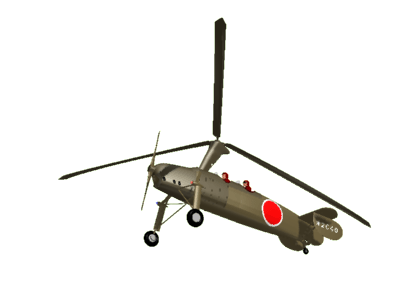
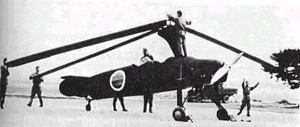
Although relatively unknown the Kayaba Ka-1 autogyro deserves a special place in aviation history since it was the first armed autogyro/helicopter to have been used operationally.
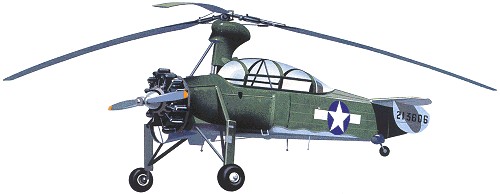
In the late 1930s the Imperial Japanese Army began to show considerable interest in the use of the autogyro as an artillery spotter and in 1939 a Kellet KD-1A single engined two seat autogyro was imported from the United States. Powered by a 225hp Jacobs L-4M4 seven-cylinder air cooled radial engine, the KD-1A featured an advanced version of the Kellet direct control rotor system. Unfortunately, shortly after its arrival in Japan, the aircraft was seriously damaged during the flight trials at low speeds. The Kellet KD-1A had been damaged beyond repair, but the Japanese Army delivered the wreck to K.K. Kayaba Seisakusho, a small company doing autogyro research, with instructions to develop a similar machine.
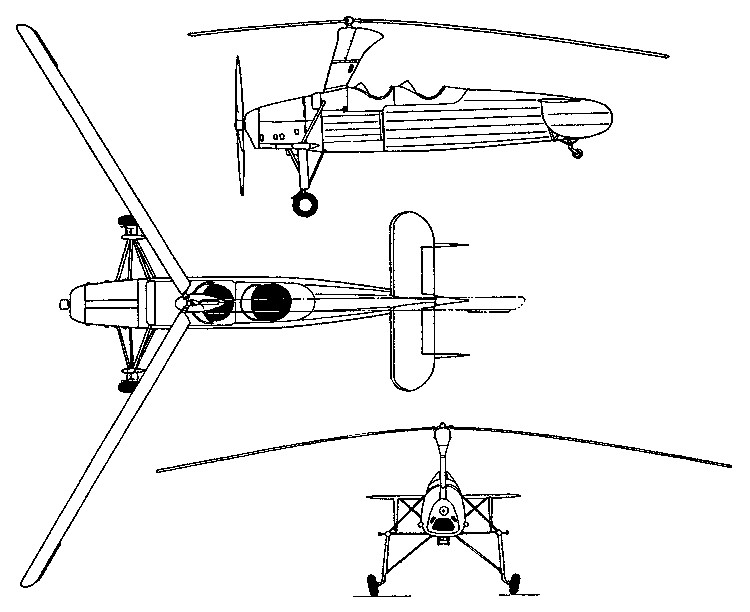
The Kayaba engineering team developed a two seat observation autogyro based on the KD-1A modified to Japanese production standards. Designated Ka-1, it was powered by a Kobe built Argus 240hp As 10c eight cylinder inverted vee air cooled engine driving a two blade propeller and a three bladed rotor. Completed in May 1941 the maiden flight took place on May 26, 1941. During its flight test program, the Ka-1 performed remarkably well demonstrating its ability to take off after running on 98 ft (30m) in still air. By running the engine at full power and holding the nose 15 degrees up, the Ka-1 could hover and could also execute a full 360 degree turn while hovering. As maintenance in the field appeared to present less difficulty than anticipated, the Ka-1 was placed in production for service with artillery units.
When shipping losses began to mount alarmingly, the Japanese Army commissioned the Akitsu Maru, a converted merchant ship, as a light escort carrier. As the short take off characteristics of the Ka-1 rendered it suitable for operation from this small vessel, a small number of Ka-1s were converted to act as anti-submarine patrol aircraft. As the load carrying capability of the two-seat Ka-1 was too limited, the carrier borne conversions were operated as single seat machines carrying two 132lb (60kg) depth charges. In this role the Ka-1s operated over Japanese coastal waters, particularly over the Tsugara and Korean channels. One Ka-1 was tested as the Ka-1 KAI with powder rockets on the rotor tips to try and improve the load carrying capability while another aircraft was converted to the Ka-2 using a 240hp Jacobs L-2MA-7 seven cylinder air cooled radial engine.
 www.youtube.com/watch?v=_EFt7cLCRSY
www.youtube.com/watch?v=_EFt7cLCRSY
Specifications:
Powerplant: One 240hp Argus As 10c eight cylinder inverted vee engine driving a two bladed propeller and a three bladed rotor
Length: 30ft 2 7/32 inches (9.2m)
Rotor diameter: 40ft 5/16in (12.2m)
Weight - empty: 1,709 lbs (775 kg)
Weight - loaded: 2,579 lbs (1,170 kg)
Maximum speed: 102.5mph (165 kmh)
Cruising speed: 71.5mph (115 kmh)
Climb to 3,280ft (1000m): 3 minutes 20 seconds
Climb to 6,560ft (2000m): 7 minutes 30 seconds
Service ceiling: 11,485 feet (3,500m)
Range: 174 miles (280 km)
Crew: 2 (pilot and observer in tandem open cockpits)
Armament: 2 x 132lb (60kg) depth charges
Production: Approximately 240 x Ka-1s including 1 Ka-1KAI and 1 Ka-2 conversion
JDG
Sources:
Rene Francillion, Japanese Aircraft of the Pacific War, Naval Institute Press, 2000.
Elke Weale, Combat Aircraft of World War Two, Bracken Books, 1985.
American Army Amphibious Assault Aircraft Carriers in WWII
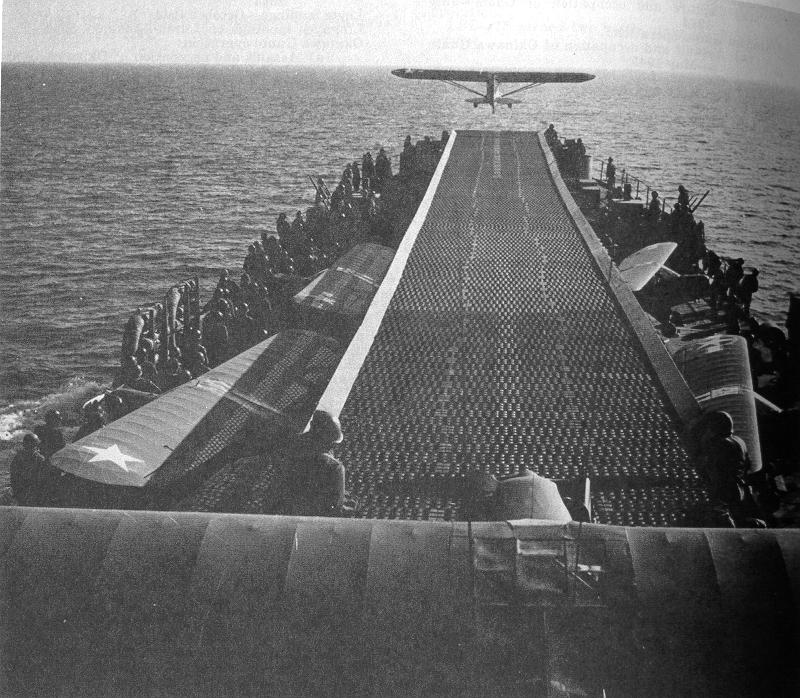
www.history.navy.mil/danfs/l16/lst-386.htm
An Army Piper L-4 Cub artillery observation Short Take-Off and Landing (STOL) plane takes off from an LST at Anzio, 1944. LST-386 had an improvised "flight deck" installed in 1943 and flew off four such planes during the landing on Sicily. Later LST modifications, like this one, could carry up to 10 planes and supported the Anzio landing and the invasion of southern France. During 1944, LST-776 evaluated an experimental catapult for launching light planes, as well as Brodie gear. In this system, a cable was stretched between booms to one side of the ship, and planes were launched from a quick-release trolley. LST-776 operated marine OY-1's over Iwo Jima and Army L-4's at Okinawa.
www.xmission.com/~jcander/definiti.htm
The TANK LANDING SHIP (LST) was the brain child of Winston Churchill, the father of the tank, the commandos, British paratroopers, and the "Hurricat" fighters launched from merchant ships to stop German FW200 Condor maritime patrol bombers. He conveyed to President Franklin Roosevelt the need for a ship that could transport battle tanks and heavy rolling equipment over the sea to forward battle areas, delivering the load directly to beachhead. Much importance was was given this project. The keel of an aircraft carrier was hastily removed from a dry dock in Newport News, VA, to begin construction of the first LST. Twenty-three LSTs were in commission by the end of 1942.
The TANK LANDING SHIP (LST) proved to be much more rugged and versatile than her planners ever dreamed of producing. They were used for the transport of tanks (of course), general cargo, locomotives, railroad cars, all types of vehicles, prisoners, casualties and numerous other purposes.
These ships were first built in the traditional coastal shipyards, but the demand was so great that inland shipyards were created for wartime production. The main deck was so strong that it could carry a fully loaded LCT (Landing Craft-Tank) across the Atlantic and Pacific oceans. An LCT weighed 285 tons fully loaded and was over 114 feet in length. These WWII LSTs displaced 1653 tons (4,080 tons fully loaded). The length was 328 feet and the beam was 50 feet. Normally, an LST had a crew of about 120 men and 10 officers, but this varied due to the number of LCVPs that were carried. Many of the first LSTs were six davit ships, requiring more personnel.
Of the 1,051 LSTs that were built for the U.S. Navy during the World War II, 670 were launched by five major inland shipyards on the Ohio and Illinois rivers. Within a year or so, most LST production had been shifted from coastal shipyards to these inland shipyards. Approximately 131 were built for the Royal Navy. The WWII class of the LST is the largest of a single ship design ever built for the U.S. Navy and placed in commission in such a short period of time.
While some WWII LSTs remained in commission long after the war, none of this class are in commission today. Currently, there are only two LSTs of postwar design in service today. These are the USS Frederick (LST 1184), with Pearl Harbor for a home port, and the USS LaMoure County (LST 1194) out of NAB Little Creek, VA. Both are 20-knot vessels. It is worthwhile to check out their home pages under the current Pacific Fleet and the Atlantic Fleet directories.
Almost all WWII LSTs were built in the shipyards listed below:
American Bridge (Ambridge, PA)*
Bethlehem Fairfield (Baltimore, MD)
Bethlehem Steel (Quincy, MA)
Bethlehem-Hingham Shipyard (Hingham, MA)
Chicago Bridge & Iron (Seneca, IL)*
Dravo Corp. (Pittsburgh, PA)*
Jeffersonville Boat & Machine (Jeffersonville, IN)*
Kaiser, Inc. (Vancouver, WA, & Richmond, CA)
Missouri Valley Bridge & Iron (Evansville, IN)*
Newport News Shipbuilding, Newport News, VA.
Navy Yards (Boston, Charleston, New York, Norfolk & Philadelphia)
*Shipyards on the Ohio and Illinois Rivers
There were many LSTs that were converted into various configurations for other duties. Some of these were:
Amphibious repair ships--ARL & ARB
Aircraft repair ships--ARVA & ARVE
Barracks ships(APB)
Helicopter repair ships--ARV(H)
Salvage craft tender--ARST
Small hospital ships (WWII)--thirty-eight LST(H).
M.T.B. (PT boat) "motherships."
There were other "motherships" built in small quantities. One conversion had two quonset huts on the main deck (used as officers quarters), a bake shop, 16 refrigeration boxes, four distilling units and extra fresh water storage tanks.
A few LSTs had improvised flight decks to launch--but not to recover until the advent of the Brodie "Fly Catcher" system--Army L-4 Cub artillery spotter planes during some invasions. LST 386 was converted for this purpose and was deployed in the invasions of Sicily, Anzio and Southern France. Over Iwo Jima, marine OY-1's flew off of the LST 776, and then at Okinawa, Army L-4's operated from her flight ramp.
Thirty-nine LSTs were lost during WWII due to various causes. Twenty-six of these losses were directly attributed to enemy action--submarines, m.t.b.'s (E-boats), mines, German aircraft and Kamikaze attacks. Many other LSTs suffered heavy battle damage and severe casualties. Hence, the well known nickname of "Large Slow Target."
On 21 May 1944, five LSTs were lost in one gigantic explosion at a West Loch, Pearl Harbor, munitions facility. This was kept secret for twenty years.
Another little-known secret is the U.S. Army fledgling Aviation branch shot little Grasshopper fixed-wing artillery observation planes off expedient decks on LST ships. They even had the Brodie "Fly Catcher" aerial recovery system.
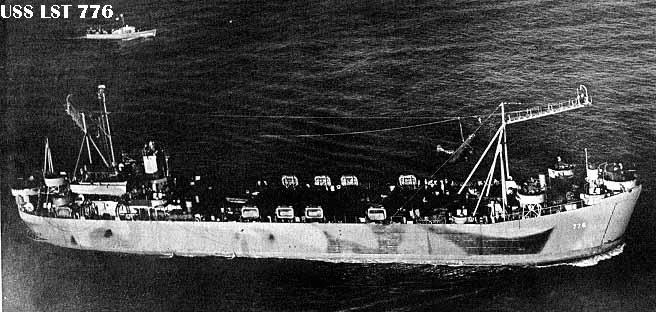
U.S. Army teaches USMC about the STOL aircraft Piper L-4
www.nasm.si.edu/research/aero/aircraft/piperl4.htm
Piper L-4 Grasshopper
Wingspan 10.7 m (35 ft. 2.5 in.)
Length 6.83 m (22 ft. 4.5 in.)
Height 1.9 m (6 ft. 8 in.)
Weight 309 kg (680 lb.) empty
During World War Two, the ability of American ground forces to advance in the face of fierce resistance was largely dependent on the placement of precise and powerful artillery barrages. While terrain features sometimes allowed forward observers on the ground to pinpoint enemy targets, aerial observation was frequently the only effective means to do so. For this mission, the Army pressed into service pre-war civilian light airplanes. These liaison aircraft frequently had the ability to call down as much high explosive onto a target as carried by a heavy bomber - and with much greater accuracy. Although not originally intended for combat, "L-planes," such as the Piper L-4 and Stinson L-5 (see NASM collection), spent much of their operating time in close proximity to the enemy. In addition to artillery observation, liaison aircraft undertook other essential missions, including medical evacuation, and provided battlefield commanders with an unmatched perspective on the battlefield. In terms of sheer utility, these aircraft were frequently the most important air asset on the battlefield.
The L-4, the most numerous of the liaison aircraft, performed these duties superbly in all combat theaters, and carried its reputation into the post-war civil sector, where it became highly prized as a private plane. At the beginning of World War Two, the U.S. Army Air Corps (AAC) was not yet technically independent from the Army, but at operational levels there was little interplay between the air and ground arms. By this time, the AAC was anxious to become an independent service and worked hard to create an organization capable of supporting military operations at the strategic level. Army Ground Force (AGF) commanders found it difficult to gain AAC support for Army operations that required aircraft to operate in a subordinate role to ground commanders, such as artillery spotting, because the AAC maintained its focus on the development of offensive bombers and defensive fighters. The U.S. Army based much of its operational doctrine on the rapid and precise use of artillery barrages, so pressure built up on the War Department to guarantee that the AGF requirements for aerial artillery spotters would not come second to the AAC's own needs. On June 6, 1942, the Secretary of War remedied the situation by allocating "organic" air assets to the AGF. However, the AAC insisted that any AGF assets consist of only "low-performance" liaison aircraft and assumed responsibility for training the AGF pilots. The AAC ensured that the AGF pilot curriculum did not include any material not required for operation of a liaison aircraft - lest the AGF later attempt to expand upon its limited mandate.
Immediately before World War Two, the AAC utilized observation planes, such as the O-47 (see NASM collection), to support field artillery operations. These were relatively large aircraft, which could carry an extensive array of radios and cameras. However, the German blitzkrieg campaigns in Europe demonstrated that such aircraft, which were slower and less maneuverable than fighters, were easy targets for enemy aircraft and ground troops and had the added disadvantage of requiring prepared airstrips.
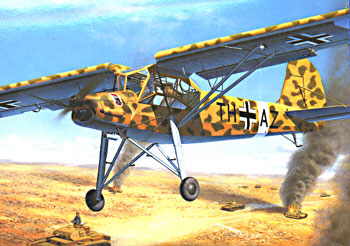
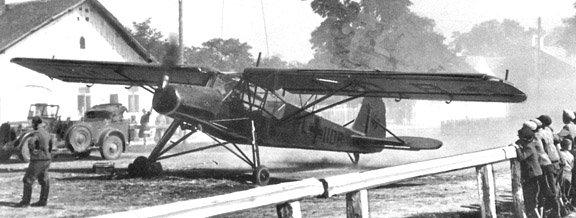
German success with the Fiesler Fi 156 Storch (see NASM collection) and British experiments with the Taylorcraft Auster Mk.I encouraged some U.S. Army artillery officers to push for American experiments. In June 1941, at Camp Forrest in Tennessee, eight civilian Piper J-3 Cubs (see NASM collection) and five other light planes participated in a war game that evaluated the potential of such aircraft. In another similar test, Major General Innis P. Swift, commander of the 1st Cavalry Division, became enthusiastic over the performance of the "grasshoppers," as he called the aircraft. With this endorsement, support for the adoption of light planes grew, and the term Grasshopper became a standard nickname for liaison aircraft. For reasons of supply, the Army ordered its light planes, most of which were simple military conversions from standard civilian aircraft, from several different manufacturers - the Taylorcraft Aviation Corporation, the Aeronca Aircraft Corporation, the Piper Aircraft Corporation, and the Stinson Division of Vultee Aircraft. The Piper choice was an almost standard J-3 Cub. Initially, this aircraft operated under the O-59 observation designation, but by 1943, the light observation aircraft assumed an "L" designation to denote their liaison status and the O-59 became the L-4. It quickly became the most numerous liaison aircraft during the war with 5,606 built. While many of the troops in the field collectively referred to all of the L-planes as grasshoppers, the L-4 took the title as its official nickname. The L-4, like its civilian counterpart, was austere in construction and performance. However, the aircraft could take off in less than 150 meters (492 feet) fully loaded. The Grasshopper accommodated a pilot and observer, with radio gear, in tandem seating. Frequently, the Grasshoppers flew without doors to improve on their already superb visibility. In Alaska and the Aleutian islands, L-4s mounted EDO floats, and occasionally, skis. Some L-4s operating in western Europe around the time of the Battle of the Bulge also utilized skis. Flying L-4s on the front lines was clearly a hazardous undertaking, but the simple, yet rugged, construction of the aircraft and its superb low-speed maneuverability rendered it a difficult target, and enemy ground forces quickly learned that drawing the attention of artillery spotter by shooting at it was a good way to incur a devastating artillery barrage. At one point, German soldiers in Italy could receive 15 days of leave from the front if they brought down one of these aircraft. There was at least one instance in which an L-4, piloted by Lt. Alfred Schultz, outmaneuvered a pursuing Messerschmitt Me 109 (see NASM collection), causing it to fly into the terrain. In another remarkable encounter, an L-4 entered into a dogfight with a Fiesler Storch (the German equivalent of the L-4) with each of the two-man crews shooting at each other with their side-arms. Lt. Duane Francis, pilot of the L-4, succeeded in shooting down the Storch, and even captured the crew. Although L-4s flew without any defensive armament, some L-4s, improvised in the field, carried heavy ordnance in the form of three bazookas strapped to the struts on the left wing. The pilot could fire them by reaching out the window and pulling a lanyard. L-4s of the Fourth Armored Division operating in Northwest Europe recorded some success with this arrangement. The utility of the L-4 and other "L-planes" was not limited to artillery support. The AAC, known as the Army Air Force (AAF) after March 9, 1942, made sure that other missions, which did not require integration with specific Army units, remained under their control. The AAF formed Liaison squadrons to transport Army personnel, and to evacuate wounded. These units proved highly valuable in the Philippines, New Guinea, and the China-Burma-India theater, as there was little transportation infrastructure and much of the terrain was impassable. In many instances, ground forces could not evacuate their wounded off the front lines, because of the rugged ground, and only the grasshoppers could fly them out. The U.S. marine corps observed the U.S. Army's success with the L-4 during operations in the South Pacific and soon integrated the type into its service in artillery spotting roles. The Navy also adopted the L-4 as a trainer and air ambulance. High ranking military "Brass" soon found the L-4s and other liaison aircraft to be ideal aerial taxis, both on and off the battlefield. Many missions that required liaison aircraft were not possible, even with the excellent short field takeoff and landing ability of the L-4, without taking some extraordinary measures.
To provide artillery observation during amphibious assaults, the Army employed two unorthodox methods. The first was to convert a Landing Ship Tank (LST), into a mini-aircraft carrier with a plywood runway approximately 60 meters (197 ft) long and 5 meters (16 ft 5 in) wide, which could support no more than ten light planes. These vessels saw extensive service supporting amphibious landings in the Mediterranean and the invasion of the Philippines. However, the conversion of the LSTs into a liaison plane carrier took considerable time and effort and the large scale of amphibious operations frequently required the use of all available LSTs. Thus, a more exotic, but simpler system came into use. Navy Lieutenant James Brodie, on assignment to the Office of Strategic Services (OSS), forerunner of the Central Intelligence Agency (CIA), developed a system in which an L-4 or an L-5, with a hook mounted above the cockpit, could catch a trapeze bar suspended off the side of an LST or Liberty ship. The trapeze rolled along a wire suspended between two gantries that hung over the sides of the ship, and allowed the aircraft to come to a smooth stop. A similar rig allowed the aircraft to launch by reaching flying speed while suspended and then disengaging the hook. The advantage of this system was that it did not preclude the use of the ship for standard operations. The Brodie system only saw operational service during the invasion of Okinawa. Lt. Brodie also developed a land-based version for use in the Far Eastern theaters in situations where there was insufficient time or capability to construct a suitable airstrip, but the opportunity never arose to use this system. The National Air and Space Museum has an example of the Brodie gear in its collection.After World War Two, L-4s soldiered on into the Korean War, helping to stem the communist onslaught in the early months of the conflict, but the helicopter had begun to replace the liaison aircraft in most of its missions. Surplus L-4s became highly prized in the civil sector in a variety of roles including flight training and personal transportation. The L-4B in the collection of the National Air and Space Museum rolled off the Piper assembly line on December 16, 1942 and served with the 91st Service Group in Leesburg, Florida, most likely as a utility aircraft. The aircraft left operational duty in September 1945 when the AAF set it aside for preservation and museum display.
www.aerofiles.com/brodie-rig.html
A Runway On a Rope
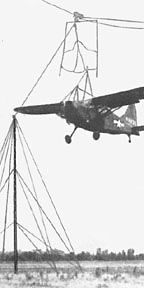
During WW2, lightplanes rigged with an overhead hook could "land" by snagging a sling hung from a long cable and roll to a braked halt like a department store change baskets of yore. To take off, they changed slings, opened the throttle and, at flying speed, pulled a lanyard which freed the plane from the sling.
This idea was dreamed up by Capt James H. Brodie of the USAAF Transportation Corps during the dark days of the Battle of the Atlantic. Hundreds of successful landings and takeoffs erased the circus flavor from a project which, on paper, seemed like the doings of a pulp fiction writer.
So foreign to normal procedure was the system that Capt Brodie had difficulty obtaining test pilots for the first rig. Transient AAF pilots temporarily stationed at New Orleans, where the rig first was constructed, would volunteer for the assignment sight unseen. but after looking at the slender wire on which their plane would land, most politely backed out.
Like a big clothesline, the tight, overhead cableway of the portable ground rig stretched between two 65' tubular-steel masts at each end of the wire. N-shaped bridle cables connected the masts and the main cable, leaving both ends open to approach.
A single-wheel landing trolley designed for easy rolling gave a pendulum effect upon acceleration, reducing inertia forces. Shackled to the trolley was the landing sling - three loops of nylon rope affording a six-foot target to incoming planes. Engagement of just one of the loops was sufficient for a successful landing. An arresting brake resisted flying momentum on the principle of a giant fishing reel. Brake force was applied gradually, reaching a maximum after the plane traveled about 50' along the cableway, in a constant negative acceleration of about one-third gravity. Arresting line tension was varied to correspond to weights of different planes.
The takeoff trolley consisted of a wheel, a wooden friction shoe, and an emergency release. The takeoff sling was a four-foot length of nylon rope with an eye and shackle at the top, a lifting ring in the middle, and a bottom stirrup. The plane's hook was put into the stirrup, a lifting derrick carried it upward by the middle ring, and the top shackle was attached to the trolley.
A travel release consisting of a long hold-back line and a spring-loaded trip prevented planes from beginning a run until the engine was at full power. A pull on the lanyard attached to the trip lever disconnected the plane from the hold-back. An emergency release functioned if the plane has not been released from the trolley before the end of the cableway on its takeoff run. Without wind, an average lightplane took off from the cable in 400'; with wind, it was off in 200'.
Independent of terrain, the Brodie rig provided a good landing and takeoff site in most unlikely country - jungles, mountains, marshes, any place where construction of a landing strip was difficult or not economical. It was perfect for forward military positions because of its camouflage value - from above 500' it was extremely difficult to see, and even if spotted, it structurally was an elusive target.
Weighing less than 7,000 pounds, including tools and tackle, the rig was highly portable, small and light enough to be carried in cargo planes, along with a nine-man crew, and parachuted into a location. Where roads existed, two 2-1/2-ton trucks could haul everything. With hand tools and tackle, the rig could be made ready for landings and takeoffs in about 12 hours. At sea, the 600' long cable was supported by booms, kingposts, and bracing struts, elevated and outboard parallel on the port side of the ship.
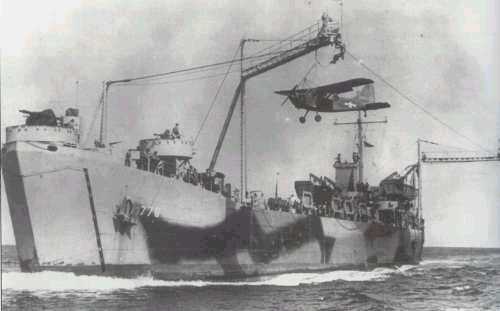
The system was applied to landing ships for lightplane support of amphibious landing operations with outstanding success. During test maneuvers all other planes of a simulated task force were grounded by fog, but two liaison planes attached to an LST fitted with the Brodie line were aloft regularly acting as observers.
With $10,000 from the Transportation Corps, Brodie began his first rig at New Orleans in April 1943 to simulate shipboard conditions. By July he was entreating wary transient army pilots to conduct tests. Army service pilot Lt C C. Wheeler made the first takeoff in late August, and the first round trip was made on Sept 3, 1943, by Maj James D. Kemp, a B-26 pilot awaiting shipment overseas.
By mid-September, the first regularly assigned Brodie system test pilot arrived - F/O Raymond Gregory, who approached the testing with enthusiasm. Not even an early mishap dampened the enthusiasm. With Brodie as passenger, Gregory had come in for a landing pass and forgot about the sag in the center of the cable and kept too much altitude. The prop hit the cable, but Gregory brought his L-5 to a safe emergency landing under the rig.
Experimentation in those days was by trial and error. Brodie's regular assignment of redesigning cargo ships made him work out his system during off hours. Principal mechanical hurdles were development of adequate brakes and reduction of shock getting the landing trolley accelerated. Braking was finally refined by using an aluminum reel, two hydraulic automobile brake assemblies, and automatic brake delay screw, a tension adjuster and a gauge for determining line tension. The delay screw permitted rotating parts to become accelerated to airplane speed before applying drag.
Brodie designed the trolley in a half-moon, which allowed the lower half to pendulum forward before the trolley wheel actually was set in motion. The hook-arm swung to a horizontal position and then telescoped outward about two feet upon contact with the landing sling.
Late in 1943 Brodie obtained the cargo ship, City of Dalhart,with which to experiment on modification of the apparatus for actual sea landings. In December, a series of landings and takeoffs were successfully made with a Stinson L-5, bringing vindication of the months of work on what many officials called too fantastic a project on which to waste money.
Although its combat use was limited to one ship - LST-776, but officially (or unofficially... SEE follow-up notes) christened USS Brodie- the system proved its feasibility at Saipan and Okinawa, but only eight of 25 contracted LSTs were so equipped when the war suddenly ended. Success was formally proclaimed in 1945 with the presentation of Legion of Merit medals to Brodie and Gregory.
Commercially, the future of the system was as flamboyant in possibilities as was its wartime use. Brodie claimed a rig capable of handling planes much heavier than L-5s could built, up to 7,000-pound airplanes. He foresaw light cargo routes utilizing his rigs to reduce the amount of fuel spent between landings - by decreasing gas load, planes would increase the payload proportionately. Grovers and ranchers would use the system to visit obscure acreage. Private individuals in the bush would set up their own airport in wooded or rolling back country.
Seemingly practical, and definitely proven, the idea never played out.
A list of commissioned LSTs does not show that USN designation. Another source refers to LST-776 as the "Brodie Ship," and another says that the LST was "nicknamed the Brodie." In the absence of official documentation, I believe that LST-776 was never officially christened the USS Brodie.(- Bill Vaughn4/23/01)
I concur that there never was a "USS Brodie." 1,052 LSTs (Landing Ship Tank) were built 1942-45. All were known simply by their ship number (USS LST-1, etc), no names were assigned. After the war, the vast majority was scrapped or given to other countries under various treaties. Of course, there is always the exception. During WW2, the USN modified some 39 LSTs into repair ships (ARL), and they did receive names, but LST-776 was not one of the 39. The Navy did not get around to assigning names to LSTs until 7/1/55, when names of counties or parishes were assigned to 158 LSTs still on the Navy Register (ie: LST-516 "Calaveras County," etc). But by then LST-776 was no longer on the Navy Register and so did not receive a name. I do not know what happened to it - with its Brodie system modifications, it was probably laid up in reserve, then scrapped 1946-49 - but that's just a guess. (- Carl Stidsen7/21/00)
EPILOGUE: USMC gives up on LST in favor of fantasy Over-The-Horizon (OTH) assaults
Now the bad news...the dumb a**es in the USMC gave up on the LST. Always pretending to have original thinking, the USMC has in recent years adopted the post-WWII Shephard Board's conclusions to stand off farther from the shore in a new 2004 form: now the "boogie man" is precision guided weapons that they must work around to prorect their capital, cash cow surface ships. Never once did they think maybe the problem is the ships? FYI as the marine stood ready to approach Cuba in 1962, Russian submarines had NUCLEAR torpedoes ready to wipe them out regardless of whether they stood back a few miles and flew in by helicopters. The British Navy would have been sunk by Argentine A-4 SkyHawks and Mirages had their bomb people properly set their fuzes. The day of packing thousands of men on a large vulnerable surface ship in a major nation-state war is over in a world where spy satellites can see ships from space. The answer is smaller forces coming by way of submarine aircraft carriers and the rest by jet seaplane transports.
The Navy sailors didn't fight the LSTs retitement because these flat-bottom hull boats ride poorly in rough seas so they were not comfortable.
Now, what this means is the Navy/Mc cannot run a ship up onto a beach and open its bow to offload tracked tanks.
Instead, EVEN IF the enemy has been cleared, the Navy/Mc will have to shuttle non-swimming ground vehicles onto smaller landing craft and then run them onto the beach, then return, wasting valuable time.
The only remaining amphib ships the U.S. Navy has now have flooding well decks (rears, sterns) for the LCAC air cushion hovercraft which can only take 1 x M1 Abrams heavy tank ashore at a time. Because the USMC is a bunch of dumba**es they think the only way to bring LCACs to a fight is by expensive flooding well-deck amphibious ships, thus we do not have enough to offload the BS truck-centric USMC forces we have, let alone if they got smart and were full of tracked AFVs. Nevermind that LCACs can be lifted aboard Bon Hope class RO-RO ships and placed into the water and pick-up ground vehicles by a floating "landing pad" placed under the RO/RO side ramps.
The point is that the morons in the USMC not thinking clearly have backed off from the beach over the horizon to work around surface ship weakness and placed all of the time/distance/speed burden on THE LANDING CRAFT. LCACs can do the 50 miles as long as they are undamaged; they are unarmored and unarmed. Not like the LSTs of WWII which had 40mm guns and even destroyed Tiger tanks. In the face of enemy fire, down goes the fragile LCACs which are really aircraft. The amphibious tractors ("Amtracs") will morph into the AAAV which is a hydrofoil tracked, medium weight AFV with an infantry-smothering 30mm turret (Bradley disease all over again!) that will try to zoom ashore under its own power amidst sea water, land, then retract its skis. How long this will last in corrosive salt water and enemy fire? Then there is the V- 22 which is a quasi-helicopter wants to be a turpoprop airplane with windmills as props and is overly complex and fragile.
Me thinks what you have here is a narcissistic, egomaniac USMC that is out-of-touch-with-reality and being given too much money to play with toys that stroke their egos but do not work and provide relevant inland combat power to defeat 4GW enemies.
This is why marines are now in Iraq on foot and in HMMWV trucks getting killed and stripped of their gear and another prisoner under threat of being beheaded.
They have got it all a** backwards.
The USMC should start with land relevancy force structure (not 150 BS wheeled trucks in a LHA/LHD) and work backwards from there to their ships and solve the surface ship vulnerability problem at the ship level not place all of the burden on landing craft which have to also double as inland mobility means.
Then create innovative means like jet seaplane transports to speed marines in small, tactically sound for inland combat, waterjet-equipped M113A4 Amphigavin light tracked armored fighting vehicles (AFV). Such a "flying LST" would have global reach and punch unlike the pathetic V-22 that can't even carry a HMMWV let alone an AFV! But a service that doesn't even value regular LSTs is not likely to see the wisdom of ones that fly.
